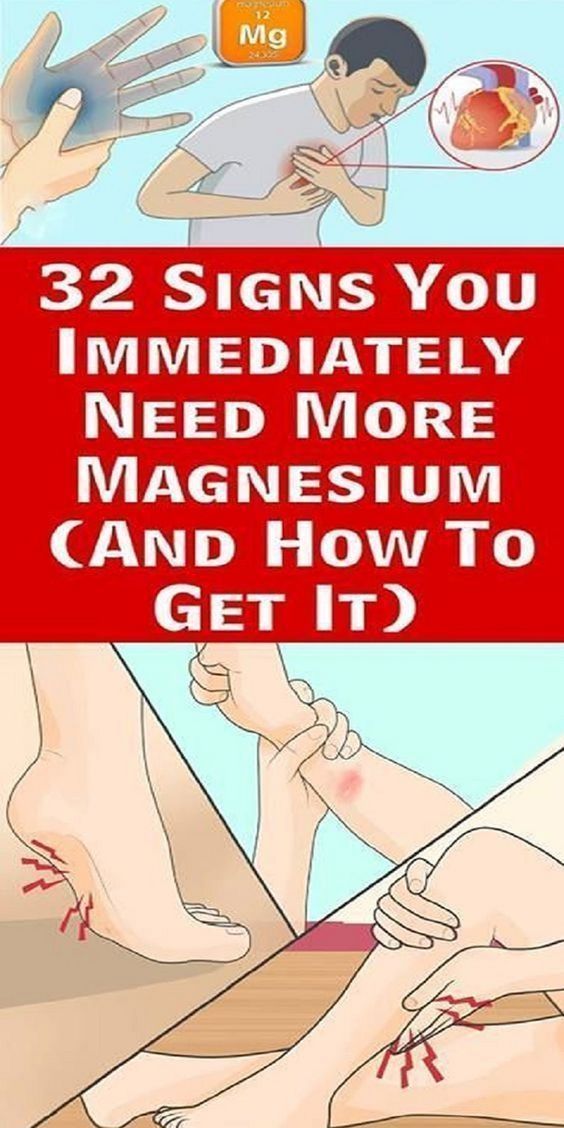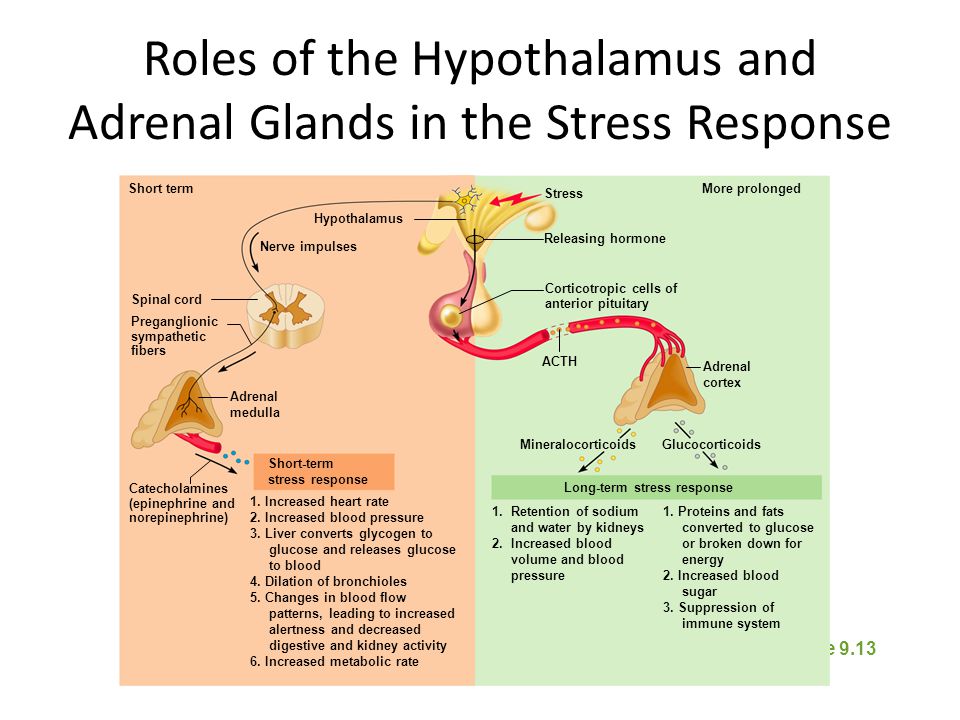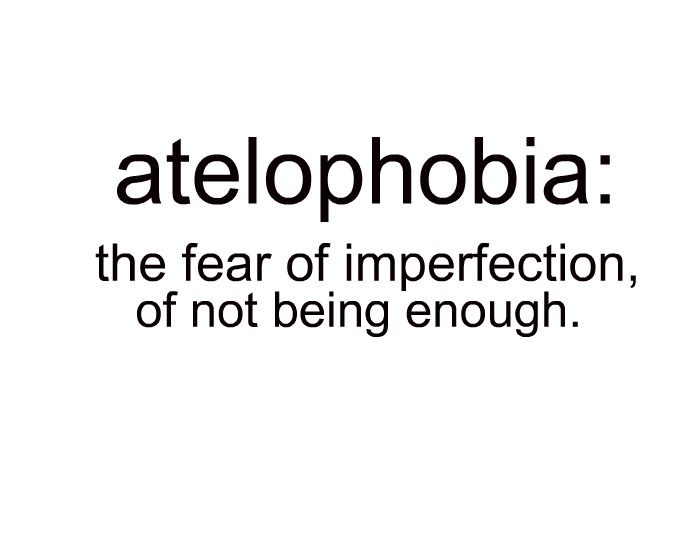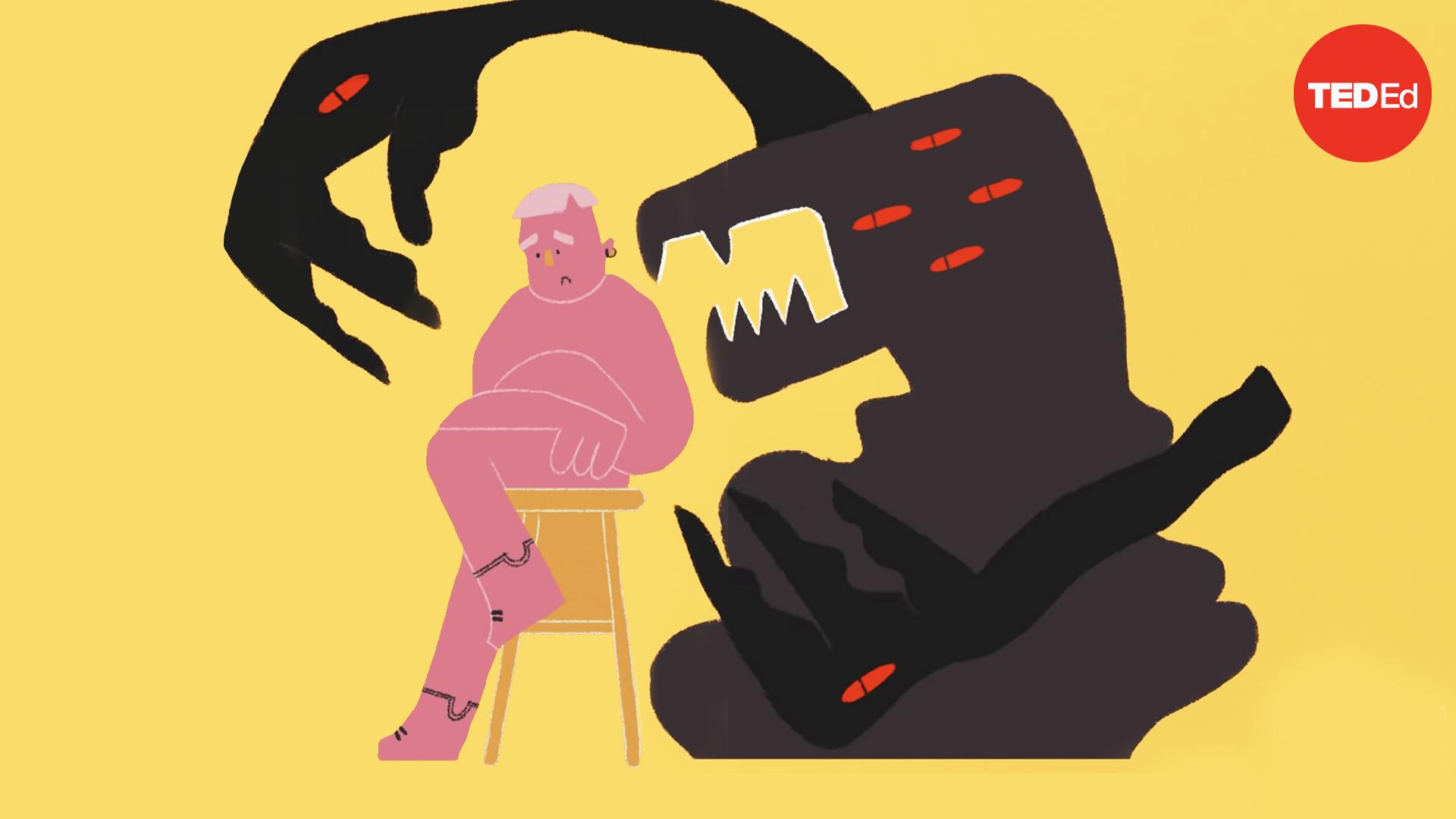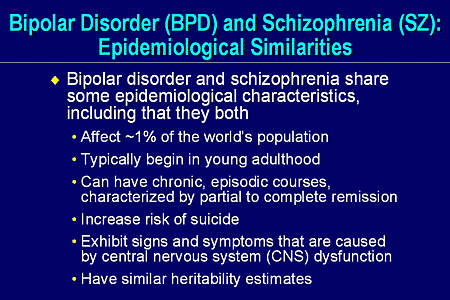Phases of the sleep cycle
Stages of Sleep: What Happens in a Sleep Cycle
When thinking about getting the sleep you need, it’s normal to focus on how many hours of sleep you get. While sleep duration is undoubtedly important, it’s not the only part of the equation.
It’s also critical to think about sleep quality and whether the time spent sleeping is actually restorative. Progressing smoothly multiple times through the sleep cycle, composed of four separate sleep stages, is a vital part of getting truly high-quality rest.
Each sleep stage plays a part in allowing your mind and body to wake up refreshed. Understanding the sleep cycle also helps explain how certain sleep disorders, including insomnia and obstructive sleep apnea can impact a person’s sleep and health.
What Is the Sleep Cycle?
Sleep is not uniform. Instead, over the course of the night, your total sleep is made up of several rounds of the sleep cycle, which is composed of four individual stages. In a typical night, a person goes through four to six sleep cycles. Not all sleep cycles are the same length, but on average they last about 90 minutes each.
Are All Sleep Cycles the Same?
It is normal for sleep cycles to change as you progress through your nightly sleep. The first sleep cycle is often the shortest, ranging from 70-100 minutes, while later cycles tend to fall between 90 and 120 minutes. In addition, the composition of each cycle — how much time is spent in each sleep stage — changes as the night goes along.
Sleep cycles can vary from person to person and from night to night based on a wide range of factors such as age, recent sleep patterns, and alcohol consumption.
What Are the Sleep Stages?
There are four sleep stages; one for rapid eye movement (REM) sleep and three that form non-REM (NREM) sleep. These stages are determined based on an analysis of brain activity during sleep, which shows distinct patterns that characterize each stage.
| Sleep Stages | Type of Sleep | Other Names | Normal Length |
|---|---|---|---|
| Stage 1 | NREM | N1 | 1-5 minutes |
| Stage 2 | NREM | N2 | 10-60 minutes |
| Stage 3 | NREM | N3, Slow-Wave Sleep (SWS), Delta Sleep, Deep Sleep | 20-40 minutes |
| Stage 4 | REM | REM Sleep | 10-60 minutes |
The breakdown of a person’s sleep into various cycles and stages is commonly referred to as sleep architecture. If someone has a sleep study, this sleep architecture can be represented visually in a hypnogram.
If someone has a sleep study, this sleep architecture can be represented visually in a hypnogram.
The classification of sleep stages was updated in 2007 by the American Academy of Sleep Medicine (AASM). Before that, most experts referred to five sleep stages, but today, the AASM definitions of the four stages represent the consensus understanding of the sleep cycle.
NREM Sleep Patterns
NREM sleep is composed of three different stages. The higher the stage of NREM sleep, the harder it is to wake a person up from their slumber.
Stage 1 / N1Stage 1 is essentially the “dozing off” stage, and it normally lasts just one to five minutes.
During N1 sleep, the body hasn’t fully relaxed, though the body and brain activities start to slow with periods of brief movements (twitches). There are light changes in brain activity associated with falling asleep in this stage.
It’s easy to wake someone up during this sleep stage, but if a person isn’t disturbed, they can move quickly into stage 2.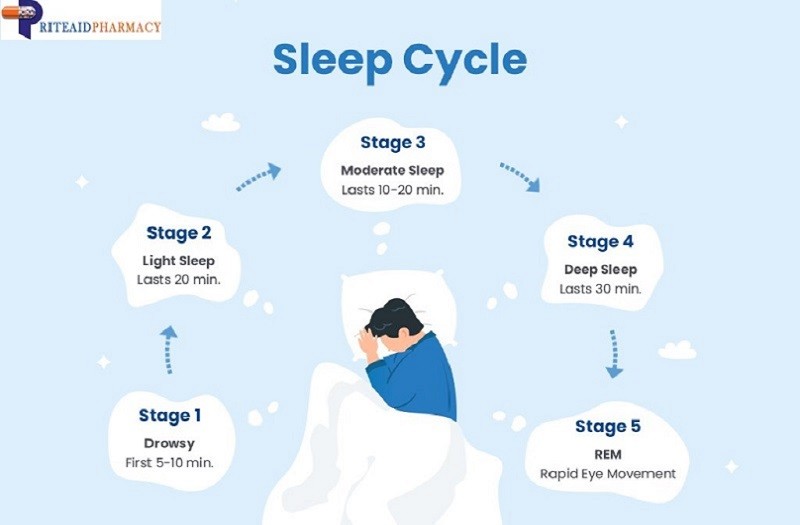 As the night unfolds, an uninterrupted sleeper may not spend much more time in stage 1 as they move through further sleep cycles.
As the night unfolds, an uninterrupted sleeper may not spend much more time in stage 1 as they move through further sleep cycles.
Stage 2 / N2
During stage 2, the body enters a more subdued state including a drop in temperature, relaxed muscles, and slowed breathing and heart rate. At the same time, brain waves show a new pattern and eye movement stops. On the whole, brain activity slows, but there are short bursts of activity that actually help resist being woken up by external stimuli.
Stage 2 sleep can last for 10-25 minutes during the first sleep cycle, and each N2 stage can become longer during the night. Collectively, a person typically spends about half their sleep time in N2 sleep.
Stage 3 / N3
Stage 3 sleep is also known as deep sleep, and it is harder to wake someone up if they are in this phase. Muscle tone, pulse, and breathing rate decrease in N3 sleep as the body relaxes even further.
The brain activity during this period has an identifiable pattern of what are known as delta waves. For this reason, stage 3 may also be called delta sleep or slow-wave sleep (SWS).
For this reason, stage 3 may also be called delta sleep or slow-wave sleep (SWS).
Experts believe that this stage is critical to restorative sleep, allowing for bodily recovery and growth. It may also bolster the immune system and other key bodily processes. Even though brain activity is reduced, there is evidence that deep sleep contributes to insightful thinking, creativity, and memory.
We spend the most time in deep sleep during the first half of the night. During the early sleep cycles, N3 stages commonly last for 20-40 minutes. As you continue sleeping, these stages get shorter, and more time gets spent in REM sleep instead.
REM Sleep Patterns: What Is REM Sleep?
During REM sleep, brain activity picks up, nearing levels seen when you’re awake. At the same time, the body experiences atonia, which is a temporary paralysis of the muscles, with two exceptions: the eyes and the muscles that control breathing. Even though the eyes are closed, they can be seen moving quickly, which is how this stage gets its name.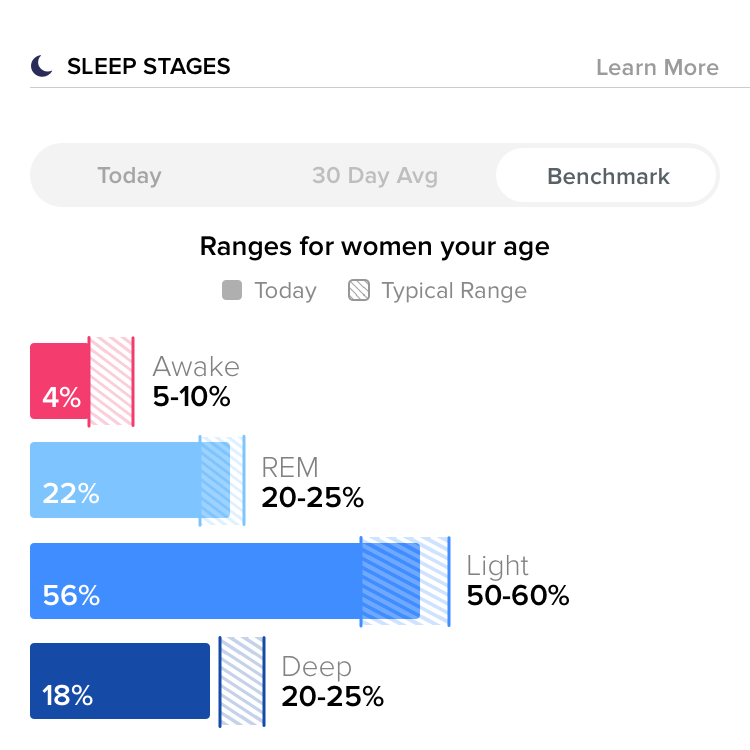
REM sleep is believed to be essential to cognitive functions like memory, learning, and creativity. REM sleep is known for the most vivid dreams, which is explained by the significant uptick in brain activity. Dreams can occur in any sleep stage, but they are less common and intense in the NREM periods.
Under normal circumstances, you don’t enter a REM sleep stage until you’ve been asleep for about 90 minutes. As the night goes on, REM stages get longer, especially in the second half of the night. While the first REM stage may last only a few minutes, later stages can last for around an hour. In total, REM stages make up around 25% of sleep in adults.
Why Do the Sleep Stages Matter?
Sleep stages are important because they allow the brain and body to recuperate and develop. Failure to obtain enough of both deep sleep and REM sleep may explain some of the profound consequences of insufficient sleep on thinking, emotions, and physical health.
Sleepers who are frequently awoken during earlier stages, such as people with sleep apnea, may struggle to properly cycle into these deeper sleep stages.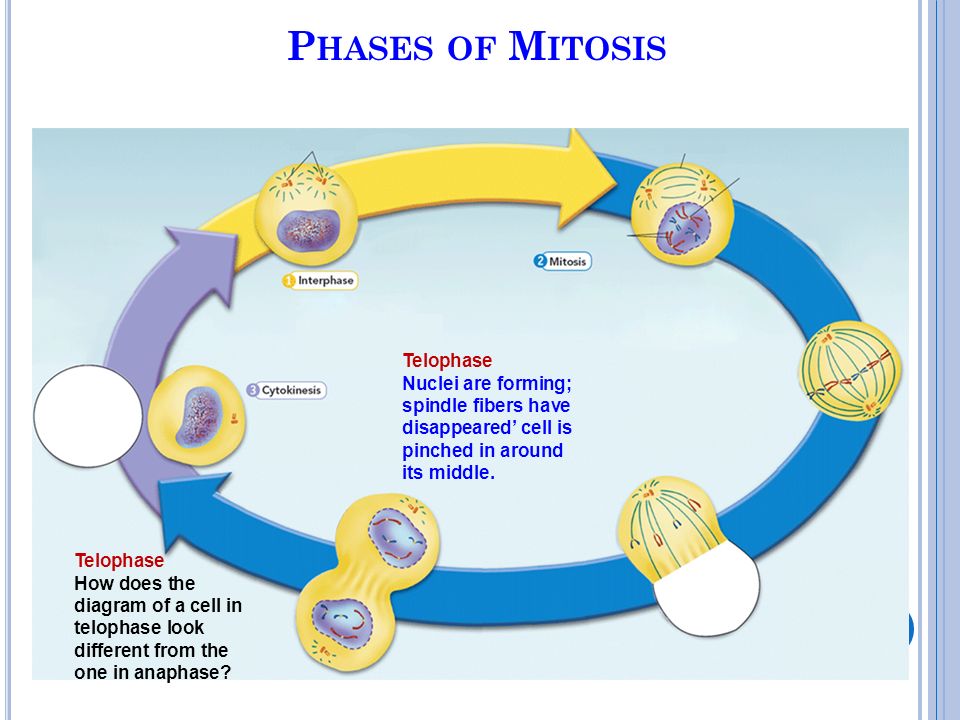 People with insomnia may not get enough total sleep to accumulate the needed time in each stage.
People with insomnia may not get enough total sleep to accumulate the needed time in each stage.
What Affects Sleep Stages?
While there is a typical pattern for sleep stages, there can be substantial individual variation based on a number of factors:
- Age: Time in each stage changes dramatically over a person’s life. Newborns spend far more time (around 50%) in REM sleep and may enter a REM stage as soon as they fall asleep. As they get older, their sleep becomes similar to that of adults, normally reaching a comparable sleep architecture by the age of 5. On the other hand, elderly people tend to spend less time in REM sleep.
- Recent sleep patterns: If a person gets irregular or insufficient sleep over a period of days or more, it can cause an abnormal sleep cycle.
- Alcohol: Alcohol and some other drugs can alter sleep architecture. For example, alcohol decreases REM sleep early in the night, but as the alcohol wears off, there is a REM sleep rebound, with prolonged REM stages.

- Sleep disorders: Sleep apnea, Restless Leg Syndrome (RLS), and other conditions that cause multiple awakenings may interrupt a healthy sleep cycle.
How Can You Have a Healthier Sleep Cycle?
While you don’t have full control of your sleep cycle, you can take steps to improve your chances of having a healthy progression through each sleep stage.
A key step is to focus on improving your sleep hygiene, which refers to your sleep environment (the best mattress, best pillows, or sheets, etc.) and sleep-related habits. Achieving a more consistent sleep schedule, getting natural daylight exposure, avoiding alcohol before bedtime, and eliminating noise and light disruptions can help you get uninterrupted sleep and promote proper alignment of your circadian rhythm.
If you find that you have excessive daytime sleepiness or otherwise suspect that you might have a sleep disorder like sleep apnea, it’s important to talk with a doctor who can most appropriately guide your care. Addressing underlying issues may pave the way for more complete and restorative sleep cycles.
Addressing underlying issues may pave the way for more complete and restorative sleep cycles.
- Was this article helpful?
- YesNo
About Our Editorial Team
Eric Suni
Staff Writer
Eric Suni has over a decade of experience as a science writer and was previously an information specialist for the National Cancer Institute.
Dr. Nilong Vyas
Pediatrician
MD
Dr. Vyas is a pediatrician and founder of Sleepless in NOLA. She specializes in helping parents establish healthy sleep habits for children.
References
+11 Sources
-
1.
Patel, A. K., Reddy, V., & Araujo, J. F. (2020, April). Physiology, Sleep Stages. StatPearls Publishing. Retrieved from https://www.ncbi.nlm.nih.gov/books/NBK526132/
-
2.
Division of Sleep Medicine at Harvard Medical School. (2007, December 18). Natural Patterns of Sleep. Retrieved July 28, 2020, from http://healthysleep.
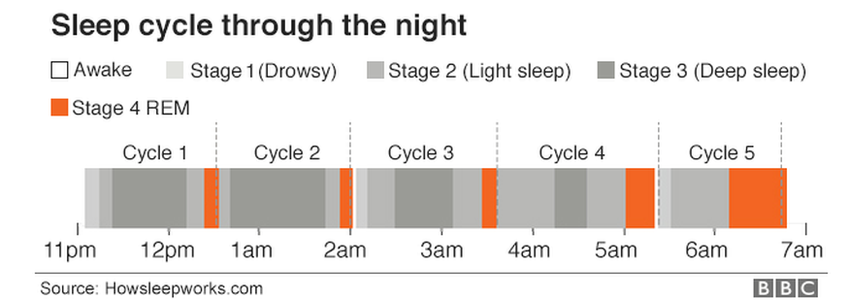 med.harvard.edu/healthy/science/what/sleep-patterns-rem-nrem
med.harvard.edu/healthy/science/what/sleep-patterns-rem-nrem -
3.
National Institute of Neurological Disorders and Stroke (NINDS). (2019b, August 13). Brain Basics: Understanding Sleep. Retrieved July 28, 2020, from https://www.ninds.nih.gov/Disorders/patient-caregiver-education/understanding-sleep
-
4.
Moser, D., Anderer, P., Gruber, G., Parapatics, S., Loretz, E., Boeck, M., Kloesch, G., Heller, E., Schmidt, A., Danker-Hopfe, H., Saletu, B., Zeitlhofer, J., & Dorffner, G. (2009). Sleep classification according to AASM and Rechtschaffen & Kales: effects on sleep scoring parameters. Sleep, 32(2), 139–149. https://doi.org/10.1093/sleep/32.2.139
-
5.
Schönauer, M., & Pöhlchen, D. (2018). Sleep spindles. Current biology : CB, 28(19), R1129–R1130. https://doi.org/10.1016/j.cub.2018.07.035
-
6.
Yordanova, J., Kolev, V., Wagner, U., & Verleger, R. (2010). Differential associations of early- and late-night sleep with functional brain states promoting insight to abstract task regularity.
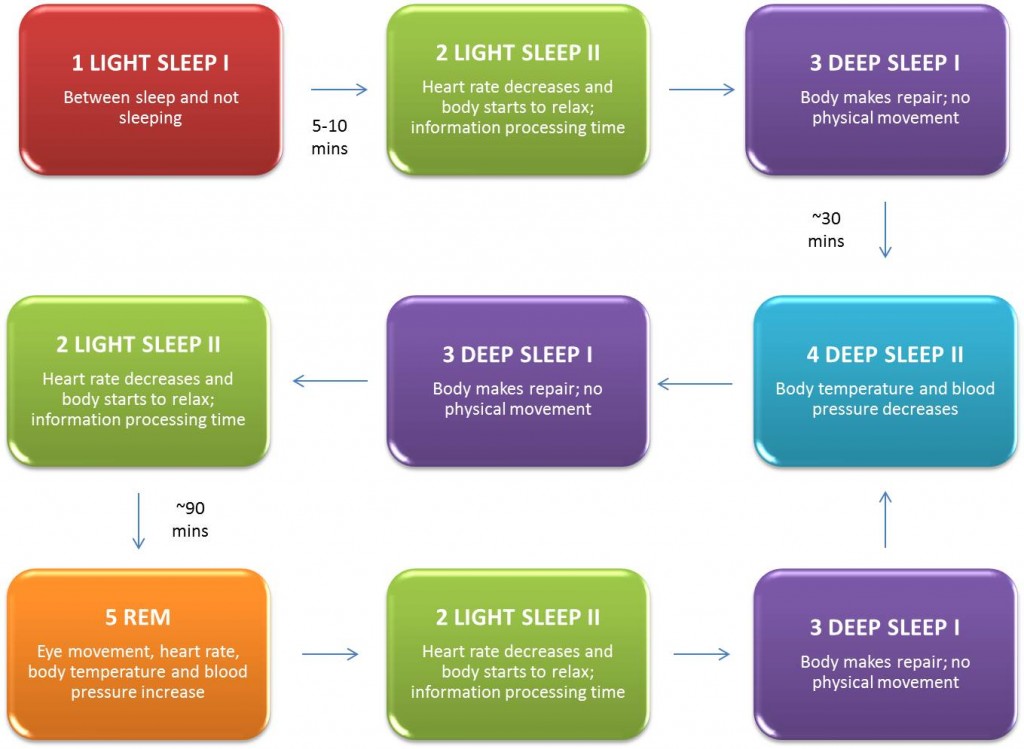 PloS one, 5(2), e9442. https://doi.org/10.1371/journal.pone.0009442
PloS one, 5(2), e9442. https://doi.org/10.1371/journal.pone.0009442 -
7.
Drago, V., Foster, P. S., Heilman, K. M., Aricò, D., Williamson, J., Montagna, P., & Ferri, R. (2011). Cyclic alternating pattern in sleep and its relationship to creativity. Sleep medicine, 12(4), 361–366. https://doi.org/10.1016/j.sleep.2010.11.009
-
8.
Division of Sleep Medicine at Harvard Medical School. (2007, December 18). Sleep, Learning, and Memory. Retrieved July 28, 2020, from http://healthysleep.med.harvard.edu/healthy/matters/benefits-of-sleep/learning-memory
-
9.
Cai, D. J., Mednick, S. A., Harrison, E. M., Kanady, J. C., & Mednick, S. C. (2009). REM, not incubation, improves creativity by priming associative networks. Proceedings of the National Academy of Sciences of the United States of America, 106(25), 10130–10134. https://doi.org/10.1073/pnas.0900271106
-
10.
Maquet P. (2000). Sleep on it!. Nature neuroscience, 3(12), 1235–1236.
https://doi.org/10.1038/81750
-
11.
Crosby, B., LeBourgeois, M. K., & Harsh, J. (2005). Racial differences in reported napping and nocturnal sleep in 2- to 8-year-old children. Pediatrics, 115(1 Suppl), 225–232. https://pubmed.ncbi.nlm.nih.gov/15866856/
See More
REM & NREM, Sleep Stages, Good Sleep Habits & More
What is sleep?
You may think nothing is happening when you sleep. But parts of your brain are quite active during sleep. And enough sleep (or lack of it) affects your physical and mental health. When you sleep, your body has a chance to rest and restore energy. A good night’s sleep can help you cope with stress, solve problems or recover from illness. Not getting enough sleep can lead to many health concerns, affecting how you think and feel.
During the night, you cycle through two types of sleep: non-rapid eye movement (non-REM) sleep and rapid eye movement (REM) sleep. Your brain and body act differently during these different phases.
What happens in the brain during sleep?
Researchers continue to study sleep and its effect on us. While we’ve learned a lot about sleep, there’s still much that’s unknown.
We know that brain chemicals are very involved in our sleep cycle. Neurotransmitters are chemicals that help the nerves communicate. They control whether we’re awake or asleep, depending on which neurons (nerve cells) they’re acting on:
- Neurons in the brainstem (where the brain and spinal cord meet) produce neurotransmitters called serotonin and norepinephrine. These chemicals keep our brain active when we’re awake.
- Neurons located at the base of the brain are responsible for us falling asleep. It seems these neurons turn off the signals that keep us awake.
Why do we need sleep?
Sleep helps us in many ways. We need it for:
- Growth: In children and young adults, deep sleep (sleep that’s harder to wake from) supports growth.
The body releases growth hormone during this type of sleep. The body also increases production of proteins, which we need for cell growth and to repair damage.
- Nervous system function: A lack of sleep affects our memory, performance and ability to think clearly. If a person is severely sleep deprived, they may even experience neurological problems such as mood swings and hallucinations. Sleep also helps our nerve cells. They can repair themselves, so they function at their best. And certain nerve connections get a chance to turn on, strengthening our brain and thinking ability.
- Survival: Researchers don’t fully understand why sleep is so essential. But studies in animals have shown that getting deprived of REM sleep can shorten lifespans. Lack of sleep may harm the immune system, which protects us from infections.
- Well-being: People who don’t get enough sleep are at higher risk for developing various health conditions including obesity, diabetes and heart problems.
What are the stages of sleep?
When you sleep, your brain goes through natural cycles of activity. There are four total stages of sleep, divided into two phases:
- Non-REM sleep happens first and includes three stages. The last two stage of non-REM sleep is when you sleep deeply. It’s hard to wake up from this stage of sleep.
- REM sleep happens about an hour to an hour and a half after falling asleep. REM sleep is when you tend to have vivid dreams.
As you sleep, your body cycles through non-REM and REM sleep. You usually start the sleep cycle with stage 1 of non-REM sleep. You pass through the other stages of non-REM sleep, followed by a short period of REM sleep. Then the cycle begins again at stage 1.
A full sleep cycle takes about 90 to 110 minutes. Your first REM period is short. As the night goes on, you’ll have longer REM sleep and less deep sleep.
What is non-REM sleep?
Three stages make up non-REM sleep.
Stage 1:
This stage of light sleeping lasts for five to 10 minutes.
- Everything starts to slow down, including your eye movement and muscle activity.
- Your eyes stay closed. If you get woken from stage 1 sleep, you may feel as if you haven’t slept at all. You may remember pieces of images.
- Sometimes, you may feel like you’re starting to fall and then experience a sudden muscle contraction. Healthcare providers call this motion hypnic myoclonic or hypnic jerk. Hypnic jerks are common and not anything to be concerned about as this occurrence is unlikely to cause any complications or side effects.
Stage 2:
- This period of light sleep features periods of muscle tone (muscles partially contracting) mixed with periods of muscle relaxation.
- Your eye movement stops, heart rate slows and body temperature decreases.
- Brain waves become slower. Occasionally, you’ll have a burst of rapid waves called sleep spindles.
- Your body prepares to enter deep sleep.
Stages 3
- This stage is deep sleep.
- During this stage, your brain produces delta waves, very slow brain waves.
- It’s hard for someone to wake you up during this stage.
- You have no eye movement or muscle activity.
- If you’re woken up, you may feel groggy and disoriented for a few minutes.
What happens during non-REM sleep?
During non-REM stages, your body:
- Builds bone and muscle.
- Repairs and regenerates tissues.
- Strengthens the immune system.
As you age, you get less non-REM sleep. Older adults get less deep sleep than younger people.
What is REM sleep?
When you enter REM sleep, brain activity increases again, meaning sleep is not as deep. The activity levels are like when you’re awake. That’s why REM sleep is the stage where you’ll have intense dreams.
At the same time, major muscles that you normally control (such as arms and legs) can’t move.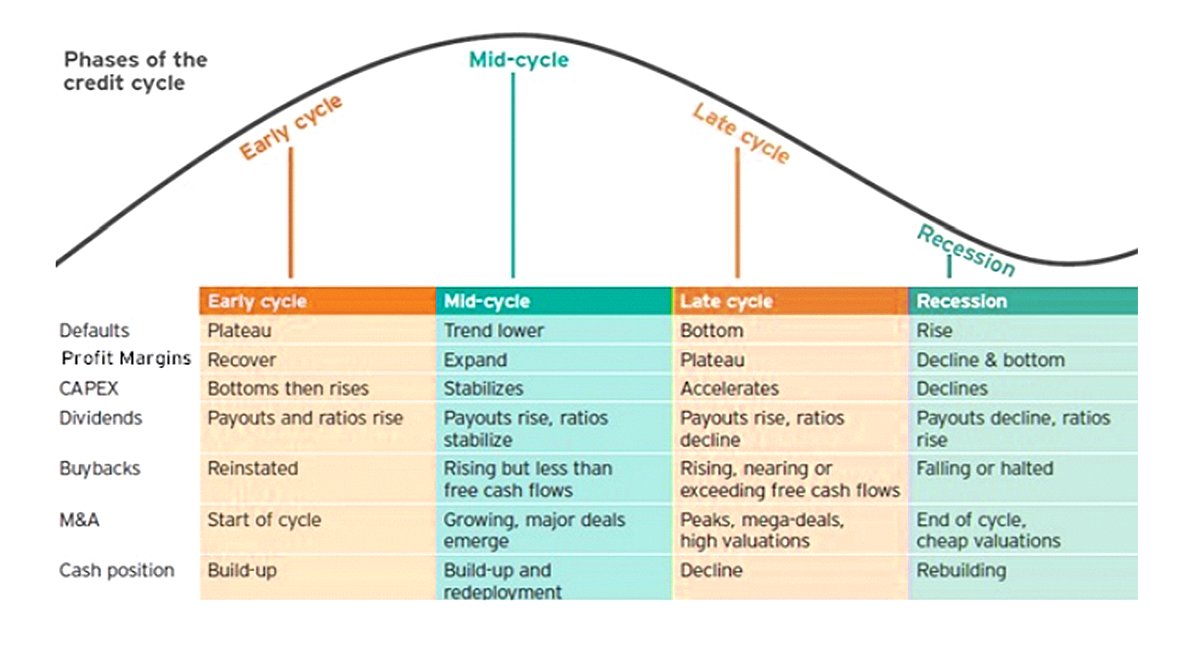 In effect, they become temporarily paralyzed.
In effect, they become temporarily paralyzed.
Usually, REM sleep arrives about an hour and a half after you go to sleep. The first REM period lasts about 10 minutes. Each REM stage that follows gets longer and longer.
The amount of REM sleep you experience changes as you age. The percentage of REM sleep:
- Is highest during infancy and early childhood.
- Declines during adolescence and young adulthood.
- Declines even more as you get older.
What else happens to the body in REM sleep?
Besides increased brain activity and muscle relaxation, your body goes through a series of changes during REM sleep. These changes include:
- Faster breathing.
- Increased heart rate and blood pressure.
- Penile erections.
- Rapid eye movement.
What affects sleep quality?
Chemical signals in the brain influence our sleep and wake cycles. Anything that shifts the balance of these neurotransmitters can make us feel drowsier or more awake.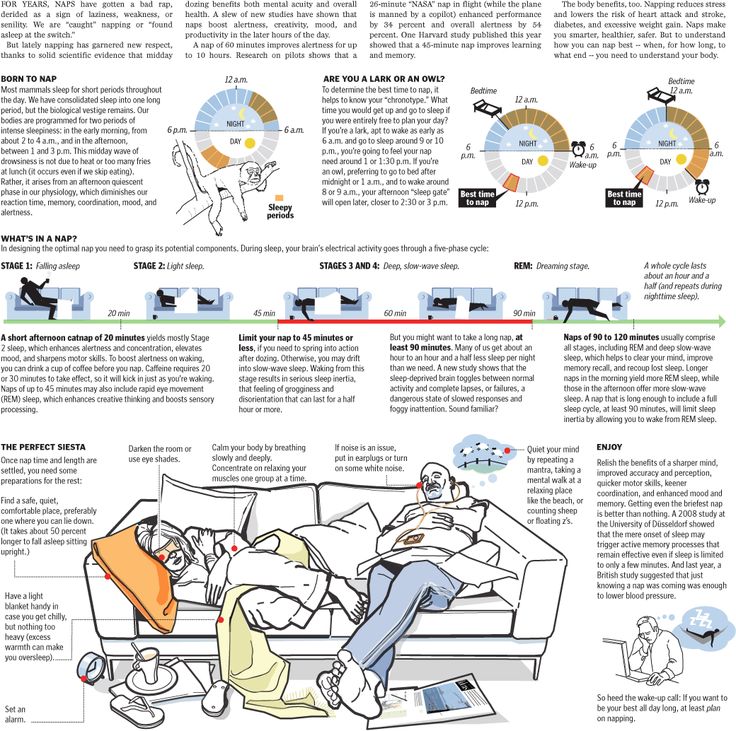 For example:
For example:
- Alcohol may help people fall into a light sleep. But it reduces the deeper stages of sleep and REM sleep and leads to more disrupted sleep.
- Caffeine and pseudoephedrine (drug ingredient) can stimulate the brain. They may cause insomnia, an inability to sleep. Watch out for caffeinated drinks such as coffee and drugs such as diet pills and decongestants.
- Medications such as antidepressants can cause less REM sleep.
- People who smoke heavily often sleep lightly and have less REM sleep. They may wake up after a few hours because they experience nicotine withdrawal.
- Very hot or cold temperatures can disrupt REM sleep. We’re less able to regulate body temperature during REM sleep.
How much sleep do I need?
Many factors affect how much sleep you need. Age is a big factor:
- Infants need about 16 hours a day.
- Toddlers and preschoolers need about 12 hours.
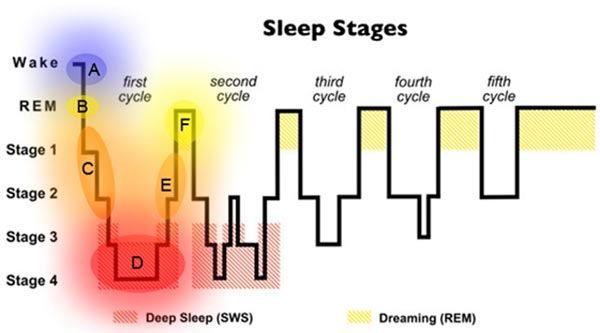
- Teenagers need about nine hours.
- Adults need seven to eight (though some are fine with five and others need closer to 10).
- Pregnant people often need more sleep during the first trimester.
What is a sleep debt?
If you haven’t slept well or long enough for a few days, you might create a sleep debt. Once your debt builds up, you may feel physically and mentally exhausted. Try to make sure you get enough sleep every night to avoid creating this debt. You can’t necessarily make up your debt by sleeping a lot on the weekends. It’s best to get enough sleep all week long.
Can we adapt to needing less sleep?
Generally, people don’t adapt to getting less sleep than they need. You may feel like you’re used to reduced sleep, but it still affects your function. For example, it can harm your judgment and reaction time.
What is sleep deprivation?
When you’re sleep deprived, you’re not getting the total amount of sleep you need.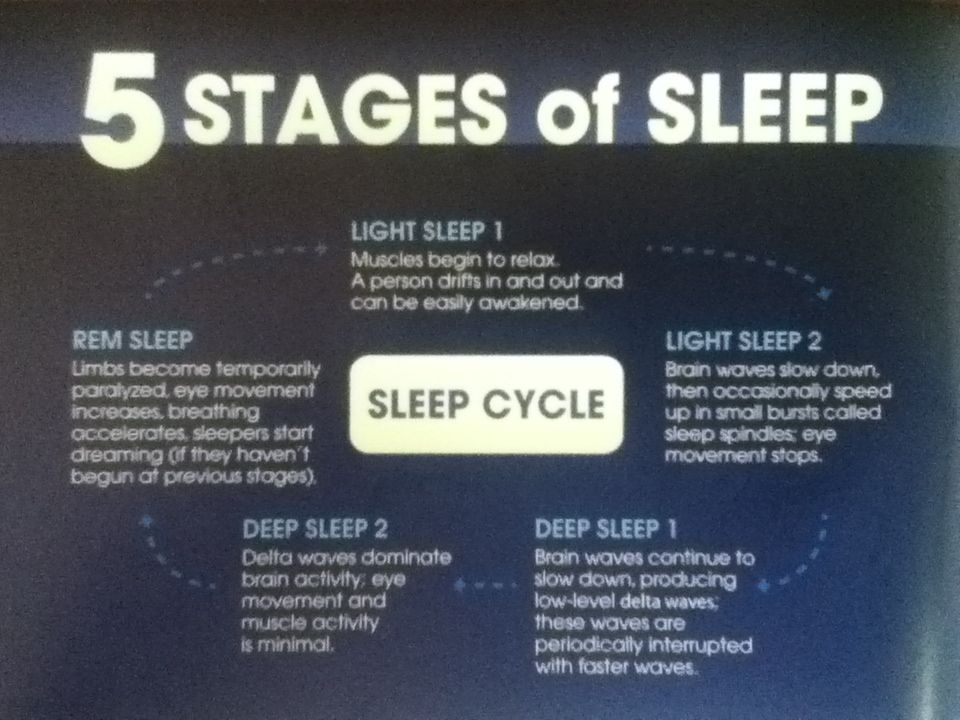 Signs of sleep deprivation include:
Signs of sleep deprivation include:
- Falling asleep within a few minutes of lying down.
- Feeling drowsy during the day.
- Nodding off for microsleeps — short periods of sleep during the day when you’re otherwise awake.
- Sleep deprivation can be dangerous. Driving while tired causes about 100,000 car accidents each year, according to the National Highway Traffic Safety Administration. It also causes 1,500 deaths. If you feel tired on the road, pull over. It’s not safe to drive if you’re drowsy.
What are sleep disorders?
According to the American Sleep Association, at least 40 million Americans experience sleep disorders each year. Another 20 million have occasional sleep issues. These disorders cause sleep deprivation, leading to problems with work, school, driving and social activities.
There are more than 70 sleep disorders. A few, known as disruptive sleep disorders, lead to moving around or making sounds. Other sleep disorders involve food.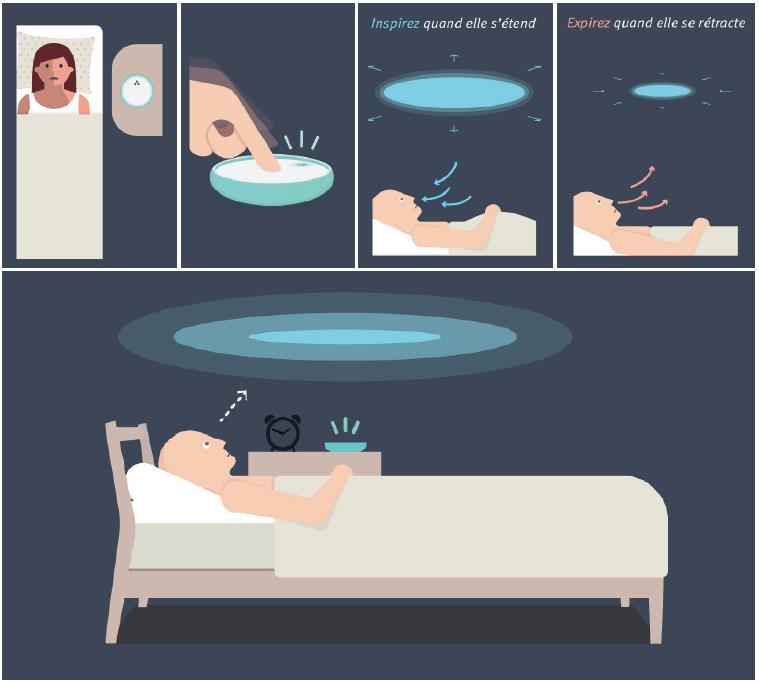 And some sleep disorders overlap with psychiatric conditions. If you have problems with sleep or feel very tired, talk to your healthcare provider about a possible sleep disorder.
And some sleep disorders overlap with psychiatric conditions. If you have problems with sleep or feel very tired, talk to your healthcare provider about a possible sleep disorder.
Some of the most common sleep disorders include:
- Insomnia disorder: Many people experience insomnia at some point in their lives, with trouble falling or staying asleep. Sleeping pills can help in the short-term but behavioral strategies to improve sleep including cognitive behavioral therapy for Insomnia (CBT-i) is a much better long term solution.
- Narcolepsy: You may suddenly fall asleep during the day, even if you had a good sleep the night before. These “sleep attacks” can last a few seconds or up to 30 minutes. Talk to your provider about your symptoms and additional testing will need to be completed to diagnosis this sleep disorder.
- Restless legs syndrome (RLS): You may feel unpleasant sensations in your legs (such as prickling or tingling).
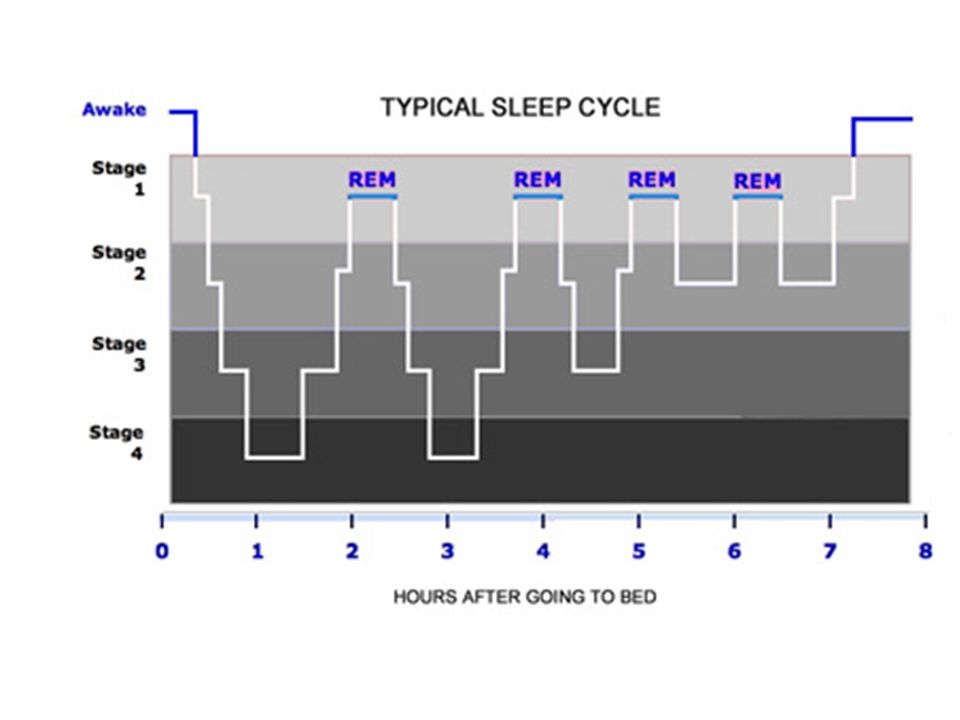 You may also have an urge to move your legs to get relief. If you have RLS, talk to your healthcare provider about medication to help improve symptoms.
You may also have an urge to move your legs to get relief. If you have RLS, talk to your healthcare provider about medication to help improve symptoms. - Sleep apnea: You may experience periods of interrupted breathing while you sleep, a condition called sleep apnea. Often, getting polysomnography (sleep study) in a sleep center is the best way to get properly diagnosed and treated. Sometimes, weight loss or not sleeping on your back can help. But you may need a special device to help you breathe while you sleep.
- Snoring: People who regularly snore can have disturbed sleep. They can also disturb the sleep of their bed partner. Snoring often leads to feeling tired during the day. Several treatment options are available for snoring.
What are good sleep habits?
Good sleep habits, also called good sleep hygiene, are practices to help you get enough quality sleep.
Do:
- Have a sleep schedule: Go to sleep and wake up around the same time every day, even on weekends and vacations.
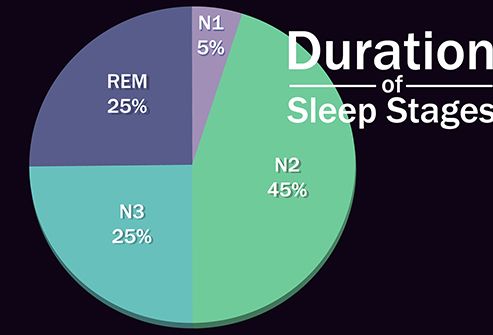
- Clear your mind before bed: Make a to-do list early in the evening, so you won’t stay awake in bed and worry about the next day.
- Create a good sleep environment: Make sure your bed and pillows are comfortable. Turn down the lights and avoid loud sounds. Keep the room at a comfortable temperature.
- Exercise every day: Stay active but try to avoid exercising during the few hours right before bed.
- Relax: Before bed, take a warm bath, read or do another relaxing activity.
- See your healthcare provider: If you’ve been having trouble sleeping or feel extra drowsy during the day, talk to your provider. There are many treatments available for sleep disorders.
Don’t:
- Consume caffeine, nicotine and alcohol late in the day: These substances can interfere with your ability to fall and stay asleep.
- Lie in bed awake: It’s better to do a soothing activity, like reading, until you feel tired.

- Nap during the day: A short nap (less than 30 minutes) is OK if you’re very sleepy. But try to avoid naps after 3 p.m.
- Think negative thoughts: Try to avoid a negative mindset when going to bed, such as, “If I don’t get enough sleep now, I won’t get through my day tomorrow!”
- Use electronics right before bed: Electronics, such as your phone or tablet, can interfere with your body’s production of melatonin. This hormone gets released before bed to help you feel tired.
A note from Cleveland Clinic
Far from being a state of doing nothing, sleep is an essential part of our lives. It helps our body rest, recharge and repair. There are four sleep stages — three in the non-REM phase plus REM sleep. Many factors can affect sleep quality, including the food and drink you consume before bed and room temperature. Many people experience trouble sleeping now and then. But if you think you may have a sleep disorder, talk to your healthcare provider.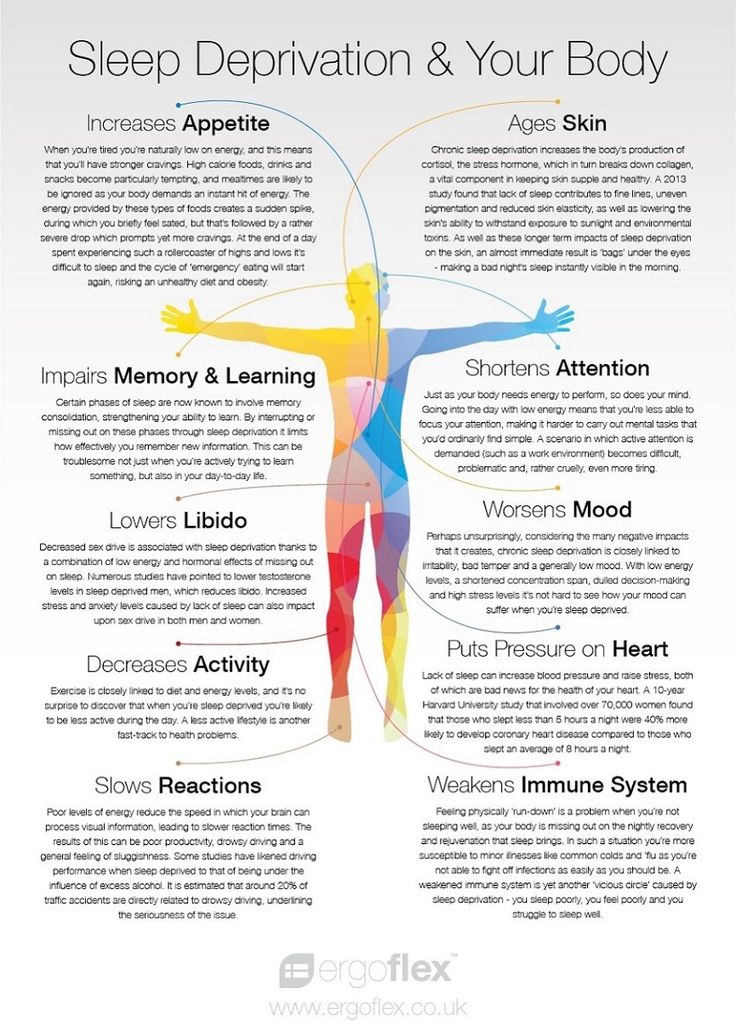 Common sleep disorders include insomnia (trouble falling asleep) and sleep apnea (breathing trouble during sleep). Your provider can help you get the diagnosis and treatment you need.
Common sleep disorders include insomnia (trouble falling asleep) and sleep apnea (breathing trouble during sleep). Your provider can help you get the diagnosis and treatment you need.
everything about how, how much and why to sleep
Nenad Aksic/Shutterstock.com
Sleep takes up a third of our lives. If you live 90 years, you will sleep through 30 of them. A lot, right? This condition is the subject of research by many scientists around the world (neurologists, psychologists, anthropologists, sociologists). Everyone wonders how much sleep you need? How does sleep affect productivity? What to do if you can't sleep?
Sleep is a special state of consciousness, as well as a natural physiological process, characterized by a reduced reaction to the outside world and specific brain activity.
Israel Sundseth/Unsplash.com
The structure of human sleep includes two phases: slow-wave sleep (Non-REM) and fast sleep (REM, or REM - “rapid eye movement”).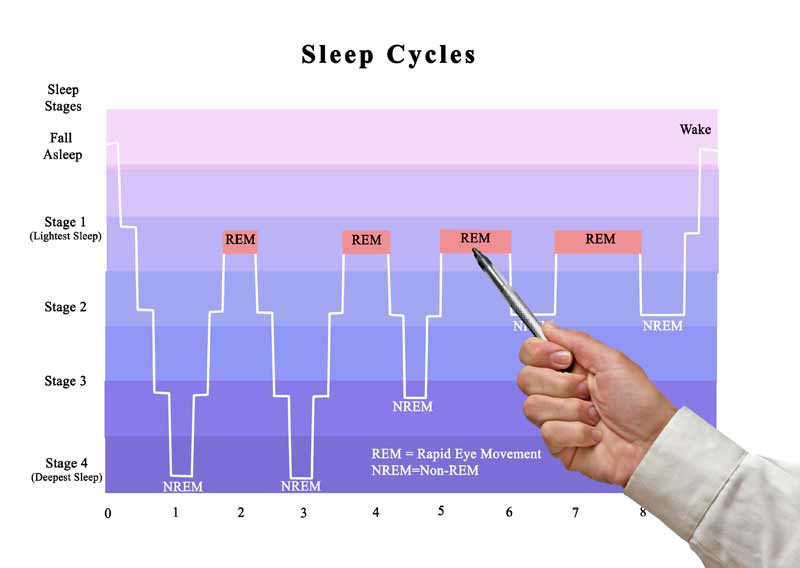
Slow sleep
Comes on immediately after falling asleep. Consists of four stages. The total duration of the Non-REM phase is about 90 minutes. The breathing is calm, even, the pressure decreases, the eyes first make slow movements, and then they are motionless, the brain is inactive, the body is relaxed. You rest, restore physical strength.
REM sleep
Follows REM sleep and lasts 10 to 20 minutes. The temperature and pressure rise, the heart beats faster. The body is immobilized, with the exception of the muscles responsible for the heartbeat and breathing. Under closed eyelids, eyeballs make quick movements (hence the name - REM). The brain is active. You see dreams.
Non-REM and REM phases alternate with each other. First, you fall into slow sleep and go through all its stages. It takes about 90 minutes. Then comes the phase of REM sleep. The first time it is short, no more than 5 minutes. This cycle is called the sleep cycle.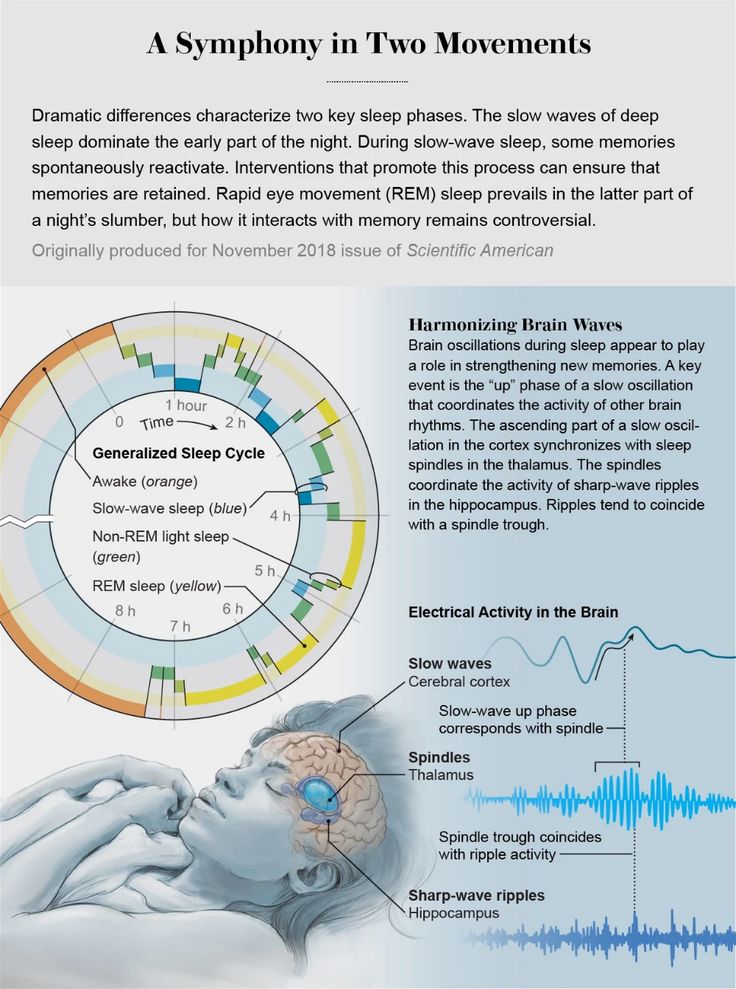 The cycles are repeated. At the same time, the proportion of non-REM sleep decreases and the duration of REM sleep increases (up to 1 hour). A healthy person usually goes through five cycles of sleep at a time.
The cycles are repeated. At the same time, the proportion of non-REM sleep decreases and the duration of REM sleep increases (up to 1 hour). A healthy person usually goes through five cycles of sleep at a time.
Good sleep contributes to success in professional and personal life. Agree, you are unlikely to hear “Yes!” If during the interview you yawn or fall asleep at the screening of your favorite movie of a girl you like.
But most importantly, sleep is a guarantee of health. During sleep, a number of important hormones are produced, tissues are regenerated, and physical strength is replenished. The brain is also not idle: some of its areas become even more active than during wakefulness.
Dyaa Eldin/Unsplash.com
Have you noticed that when you want to sleep, some tasks seem too difficult, but once you get enough sleep, the solution comes by itself? The fact is that during sleep, selective, that is, selective, erasure of memory occurs.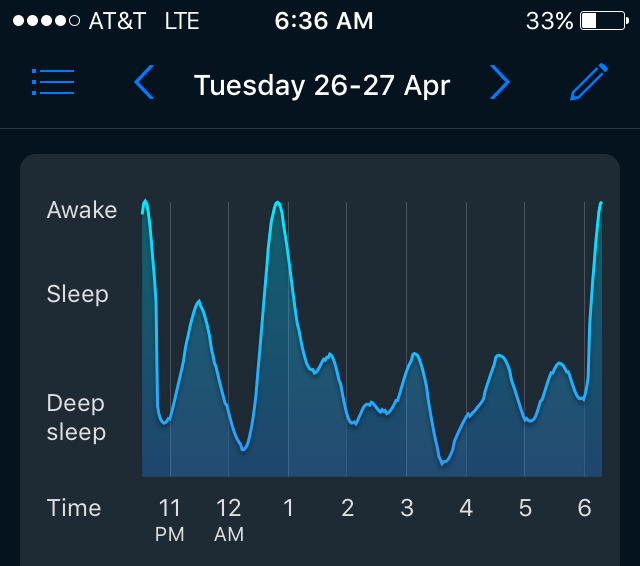 The brain analyzes the information received during the day: the unnecessary is sent to the “basket”, and the important from the short-term memory is “archived” into the long-term. This is how our memories are formed. Improves perception, concentration and learning ability.
The brain analyzes the information received during the day: the unnecessary is sent to the “basket”, and the important from the short-term memory is “archived” into the long-term. This is how our memories are formed. Improves perception, concentration and learning ability.
Lack of sleep impairs the functioning of certain parts of the brain. For example, inhibition of neural processes in the parietal lobe is observed, which may cause problems with the reaction rate. And when the work of the prefrontal cortex slows down, it is difficult for a person to formulate thoughts, there may be problems with vision. Fatigue of the brain turns into a whole bunch of negative consequences.
- Deterioration of cognitive functions (memory, attention, thinking), coordination, speech, orientation, control and others. Often this leads to accidents at work and on the road. According to statistics, every fifth accident occurs due to the fact that the driver fell asleep at the wheel.
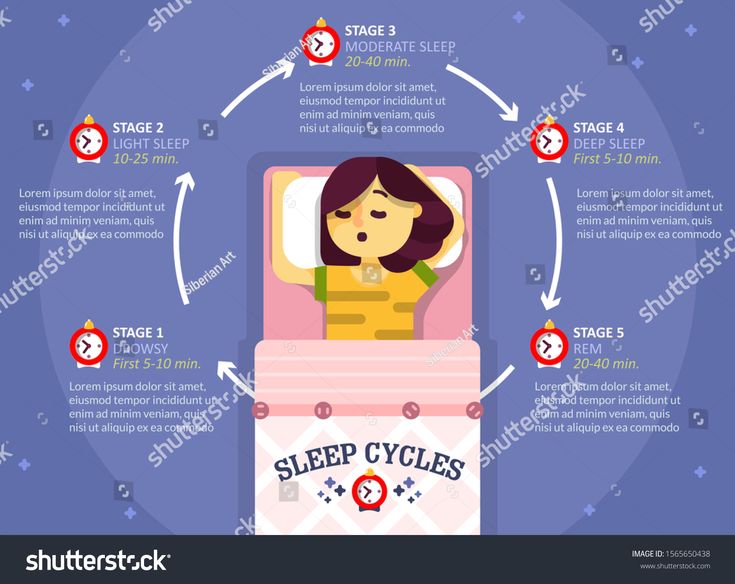
- Immunity vulnerability. Studies show that lack of sleep increases the risk of getting sick by three times. During sleep, the immune system synthesizes cytokines. The more infections around, the more they are required. But if a person sleeps little, then there is simply no time to produce cytokines. No wonder they say that sleep heals.
- Overeating and excess weight. Lack of sleep stimulates the production of ghrelin, the hunger hormone. As a result, the person overeats. A tired brain requires more and tastier food.
- Reduced productivity. When a person wants to sleep, he does everything slowly and poorly. What usually takes an hour can take two, three or more. And not the fact that it will not have to be redone. The efficiency of time stolen from sleep tends to zero.
- Decreased motivation. Chronic lack of sleep destroys motivation like groundwater erodes a foundation.
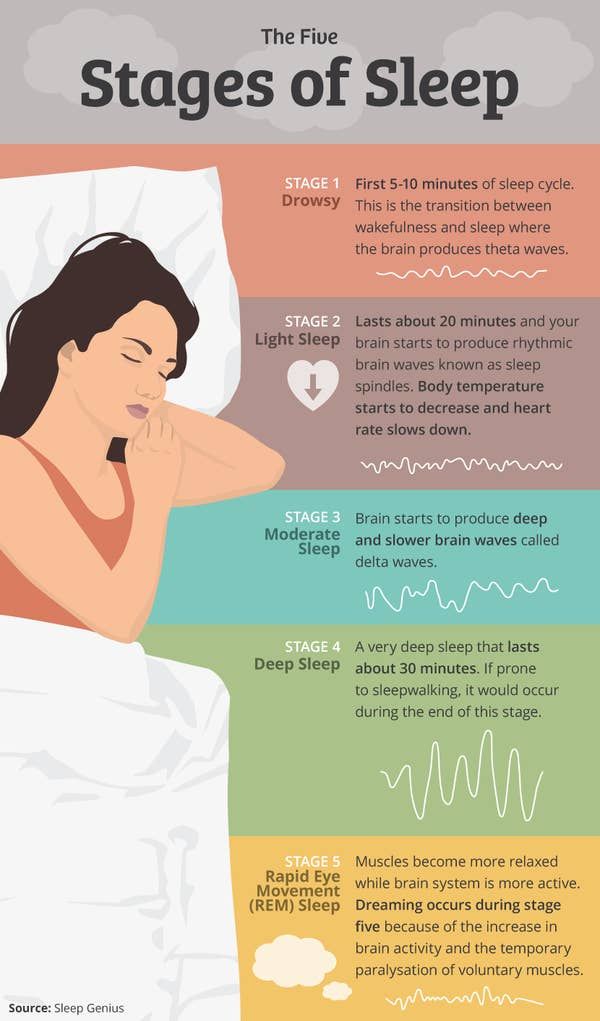 Every day less and less I want to move forward towards my goals.
Every day less and less I want to move forward towards my goals. - Bad habits and bad mood. Lack of sleep is a serious obstacle to the formation of good habits. But an excellent catalyst for harmful ones: with a lack of sleep, a person is looking for external stimulants (nicotine, caffeine, and so on). A sleepy person is quick-tempered, irritable and offended by the whole world.
- Poor appearance. Lack of sleep is literally imprinted on the face in the form of bruises and bags under the eyes. Prolonged lack of sleep provokes premature aging of the skin.
Israel Sundseth/Unsplash.com
The situation is aggravated by the fact that often a person does not realize or does not recognize the decline in their mental and physical abilities: “Sleep is for the weak! I'm fine!".
Long-term sleep deprivation can cause serious health problems: the risk of developing heart and vascular diseases, diabetes mellitus. However, there are people who consider sleep a waste of time and deliberately keep it to a minimum.
However, there are people who consider sleep a waste of time and deliberately keep it to a minimum.
Time is the most valuable and, alas, irreplaceable resource.
Wasting it on sleep is a crime.
This is the philosophy of polyphasic sleep supporters.
Ryan Hutton/Unsplash.com
Polyphasic sleep is a sleep pattern in which sleep time is broken up into several short periods instead of a long rest once a day. At the same time, the total duration of sleep is significantly reduced, and wakefulness increases to 20–22 hours.
- Dymaxion - four times for 30 minutes every 6 hours. Total - 2 hours.
- Uberman - six times for 20 minutes every 4 hours. Total - 2 hours.
- Everyman - 1.5-3 hours at night and three times 20 minutes during the day. Total - 2.5-4 hours.
- Tesla - 2 hours at night and 20 minutes during the day. Total - 2 hours 20 minutes.
Rafael Fabricio/Unsplash.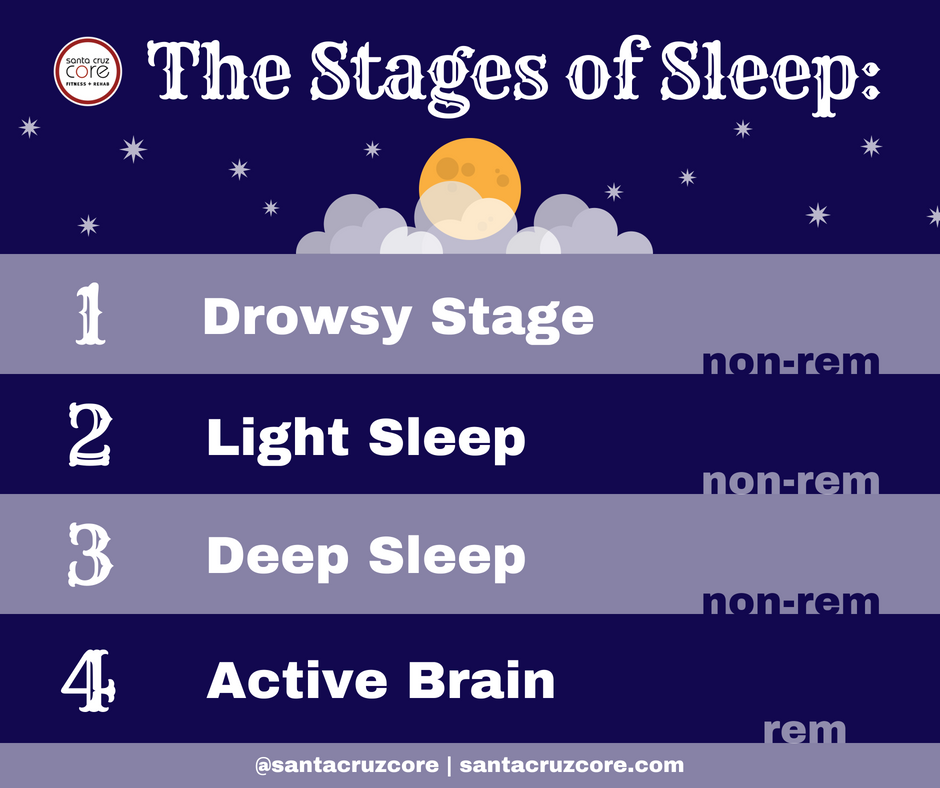 com
com
Sleep is shortened by skipping Non-REM phases. According to supporters of the polyphasic pattern, the main energy recharging occurs during REM sleep, which means that you need to immediately “dive” into it, without wasting time on slow sleep.
Of course, training is needed. If you do not know how to fall asleep quickly and do not like to sleep during the day, it will be difficult. But gradually the body will get used to it, and the brain will tune in to the desired wave.
Many prominent personalities practiced polyphasic sleep: Leonardo da Vinci, Salvador Dali, Nikola Tesla, Bucky Fuller. Among our contemporaries are the president of Yahoo, Marissa Mayer, businessman and billionaire Donald Trump, basketball player Kobe Bryant and others.
Adepts of polyphasic sleep claim that they feel great: they not only get enough sleep, but are also full of physical and creative energy.
However, there are many critics of polyphasic sleep, who argue that sooner or later this jagged schedule will come back to haunt the problems with the cardiovascular system. Opponents of polyphasic sleep believe that you cannot force the body, you need to listen to your biological clock.
Opponents of polyphasic sleep believe that you cannot force the body, you need to listen to your biological clock.
In ancient times, people lived according to the laws of nature - everything depended on the change of time of day. After all, there were only two "lamps": during the day - the sun, at night - the moon. This has shaped human circadian rhythms.
Adriel Kloppenburg/Unsplash.com
Circadian rhythm
This is the body's internal clock that determines the intensity of various biological processes (thermoregulation, digestion, hormone production, and so on).
The circadian frequency of sleep and wakefulness depends on light. Visual receptors react to the level of illumination and send a signal to the suprachiasmatic nucleus of the brain. This kicks off the production of two important hormones responsible for sleep and awakening: melatonin and cortisol.
Melatonin is a sleep hormone. Produced in the pineal gland when it gets dark. It reduces pressure and temperature, calms the body and gives it the command “Time to sleep!”. In the morning, the synthesis of melatonin stops. The more light, the more cortisol is released into the blood. This hormone wakes us up, gives vigor and energy for the accomplishments of a new day.
Produced in the pineal gland when it gets dark. It reduces pressure and temperature, calms the body and gives it the command “Time to sleep!”. In the morning, the synthesis of melatonin stops. The more light, the more cortisol is released into the blood. This hormone wakes us up, gives vigor and energy for the accomplishments of a new day.
This determines the 24-hour circadian rhythm of sleep and wakefulness: it gets dark - melatonin gives us the opportunity to rest, the sun rises - cortisol wakes us up. But how much sleep do you need to be healthy and positive? After all, for example, in summer the nights are shorter than in winter, and artificial lighting allows you to adjust the natural schedule.
The vast majority of studies have proven that a healthy adult needs 8 hours of sleep.
Wavebreakmedia/Depositphotos.com
This comes from the very nature of sleep. Remember, under normal conditions, we go through five sleep cycles of about 100 minutes each: 100 times 5 divided by 60 is about 8 hours.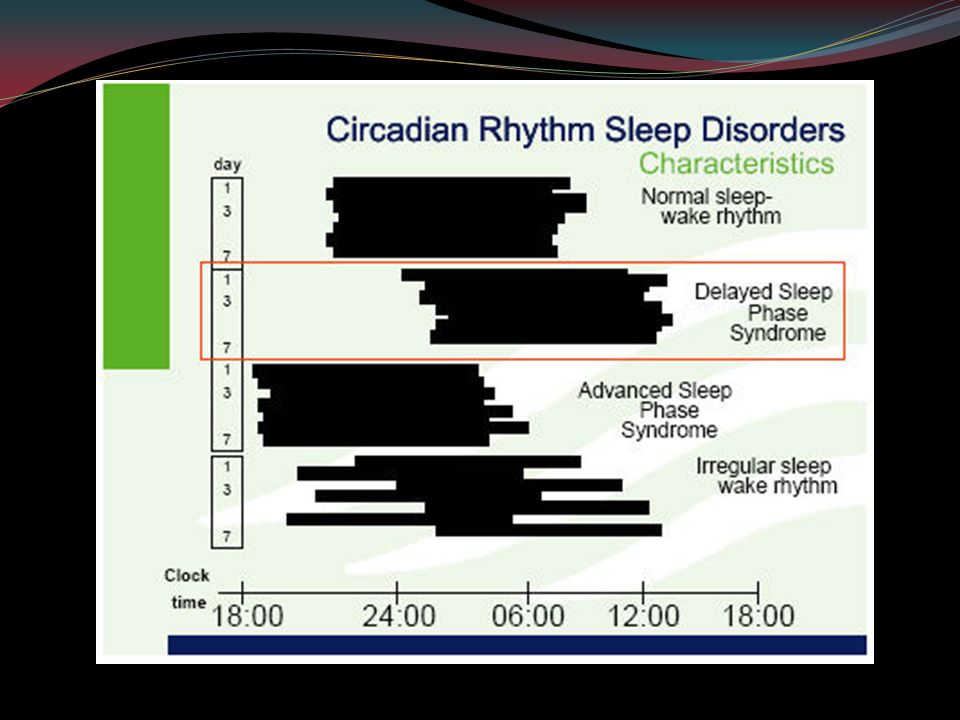
The duration of sleep depends on age. The younger the person, the more sleep they need. The National Sleep Foundation, an American non-profit organization with 25 years of experience in the field, makes the following recommendations:
- 0-3 months - 14-17 hours;
- from 4 to 11 months - 12-15 hours;
- from 1 year to 2 years - 11-14 hours;
- from 3 to 5 years - 10-13 hours;
- from 6 to 15 years old - 9-11 hours;
- from 14 to 17 years old - 8-10 hours;
- from 18 to 64 years old - 7-9 hours;
- 65 years and over - 7-8 hours.
Sleep duration directly affects physical and mental activity. Maybe, to become the best in your field, it is enough to sleep as much as outstanding scientists, writers and politicians slept? There is no definite answer to this question.
Einstein and Schopenhauer slept 10-12 hours a day. Honore de Balzac, Leo Tolstoy and Charles Darwin - 8 hours each.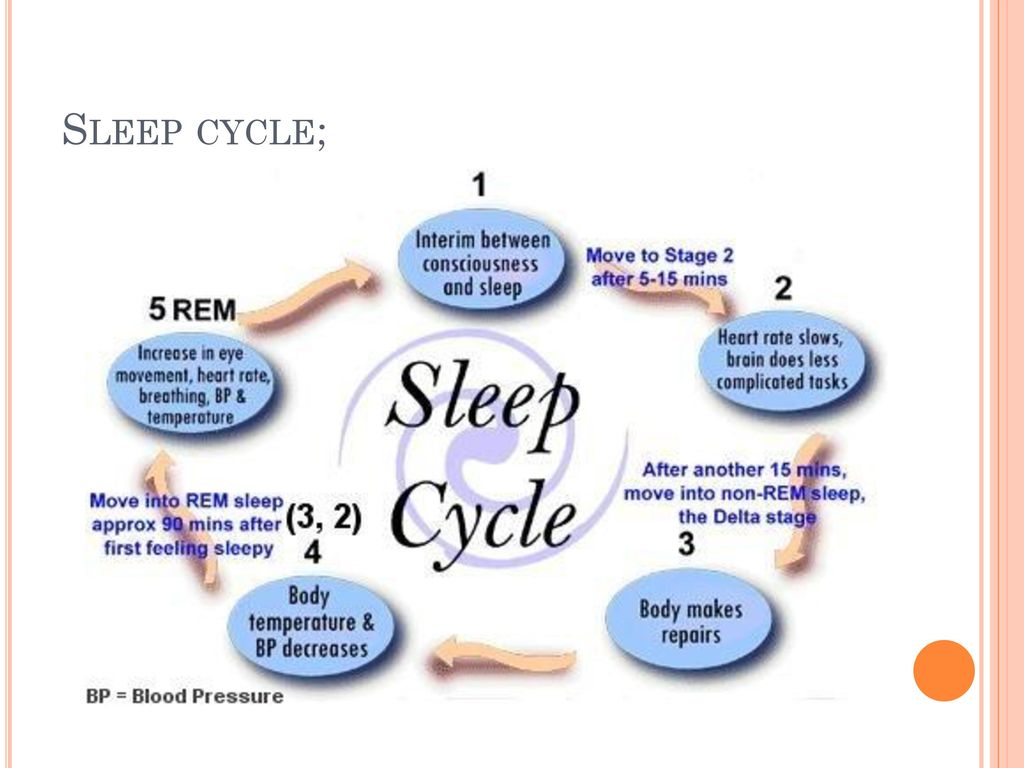 Sigmund Freud and Vladimir Nabokov adhered to six hours of sleep. Mozart and Margaret Thatcher (5 hours each), Napoleon Bonaparte and Voltaire (4 hours each) rested a little less. Waking record holders are Thomas Edison and Nikola Tesla, who practiced polyphasic sleep.
Sigmund Freud and Vladimir Nabokov adhered to six hours of sleep. Mozart and Margaret Thatcher (5 hours each), Napoleon Bonaparte and Voltaire (4 hours each) rested a little less. Waking record holders are Thomas Edison and Nikola Tesla, who practiced polyphasic sleep.
There is no universal recipe. Sleep duration is like shoe size. For most, 8 hours is suitable, but for some this is not enough, and for some it is a lot. To understand how much you need to sleep for you, you can experimentally.
Answer three questions:
- Do you need an alarm to wake you up?
- Do you drink coffee or energy drinks to keep you awake during the day?
- Do you fall asleep within the first five minutes?
Yes to the first two questions and no to the last one, you need to increase your sleep.
Sonja Langford/Unsplash.com
Circadian rhythms also affect a person's psychological state.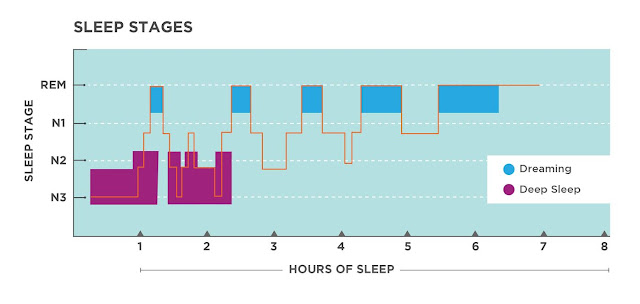 Depending on the peaks of mental activity, people are divided into two chronotypes: morning (larks) and evening (owls).
Depending on the peaks of mental activity, people are divided into two chronotypes: morning (larks) and evening (owls).
photostockeditor/Unsplash.com
Early rise and early bed. Waking up at 5-8 am. Lights out usually no later than 10 pm. Most productive and efficient until noon. In the afternoon can not solve problems effectively. By evening, completely exhausted.
Get up late and stay up late. Wake up at 9 am or later. Lights out, usually after midnight. Productivity peaks in the afternoon and evening. Waking up early is unsettling.
This classification was invented in the West in the 1970s. Since then, disputes have not ceased, who is better: larks or owls?
Larks are associated with hard work and success. Who gets up early... The world seems to be made for early birds. Government agencies, clinics, shops, organizations - if you want to be in time everywhere, get up earlier. But, according to scientific research and real life examples, owls are no less efficient and successful. For example, for a trader on the stock exchange or an IT freelancer, the generally accepted work schedule is not so important: they have their own.
For example, for a trader on the stock exchange or an IT freelancer, the generally accepted work schedule is not so important: they have their own.
Sometimes discussions reach the point of ridiculousness: owls are supposedly more sociable and romantic, while larks are more responsible and friendlier. In fact, such subjective qualities do not depend on the chronotype, but on the character of the individual. In addition, there is a sleep regime, the adherents of which are difficult to unambiguously classify as larks or owls.
The theory of biphasic, or segmented, sleep was developed by the historian, teacher at the Virginia Polytechnic Institute Roger Ekirch (Roger Ekirch). The result of his 16-year scientific work, he outlined in the book "When the day ends: a dream in the ages past."
Bill Williams/Unsplash.com
Ekirch studied hundreds of historical documents and came to the following conclusion.
Until the 19th century, when artificial lighting spread to homes, people spent up to 14 hours a day in the dark. Winter evenings were especially long and tedious. The so-called two-phase sleep has become a protective mechanism here.
People went to bed almost immediately after sunset. Slept for about 4 hours and then woke up and stayed awake for a couple of hours. What they were doing? Differently. The aristocracy and intelligentsia, who could afford candles, read or prayed. In the 15th century, there were even special prayers for the night vigil. But most often they created, because they felt something akin to insight. Simpler and poorer people, hard workers and peasants, indulged in carnal pleasures. This Ekirch explains the high birth rate in these social groups. After midnight activity, people again went to bed and slept until the first roosters.
Modern experiments have shown that biphasic sleep can actually increase your creativity scores. The fact is that people wake up immediately after REM sleep, when the electrical activity of the brain is similar to the state of wakefulness. The memory is cleared of unnecessary information, the mind is bright, the attention is clear, you are full of creative energy.
The memory is cleared of unnecessary information, the mind is bright, the attention is clear, you are full of creative energy.
Biphasic sleep has been practiced by some tribes since ancient times and is becoming more and more popular in pop culture. Despite the fact that the adherents of this system cannot be attributed either to larks (they go to bed early and get up early), or to owls (they work at night).
This is another argument in favor of the claim that we can change our own chronotype. If desired, an owl can become a lark, and vice versa.
Get up at 6 am! Sounds like a judgment. Can you imagine how difficult it will be to take your head off the pillow and how bad it will be during the day? But this will happen only if the duration of sleep is disturbed. Waking up early doesn't mean sleeping less. Waking up early means sticking to a routine. For example, if the rise is scheduled for 7:00, then you need to go to bed no later than 22:00.
Jake Givens/Unsplash.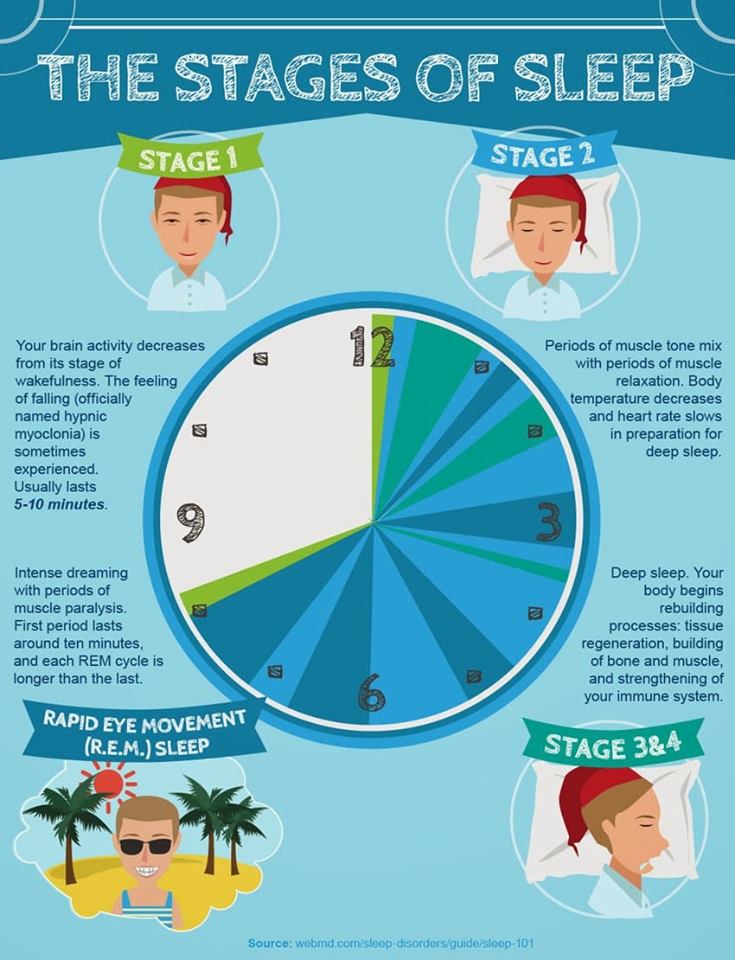 com
com
Why do you want to get up early? Find your motivation. The word "should" doesn't work. Just by forcing yourself, you will inevitably break the regime. Perhaps you dream of losing weight and improving your health? Start jogging in the morning or sign up for a pool. Many of them open early so people can swim before work. Not enough time for self-development? Early morning is perfect for this. Everyone is still sleeping, no one will stop you from writing a note on your blog, reading your favorite book, drawing or, say, lying in the bath for a longer time.
- 1st minute: open your eyes, think about the people you love, smile.
- 2nd minute: take a few deep breaths to oxygenate the body, stretch sweetly.
- 3rd minute: lightly massage the back of the head, temples, eyebrows and earlobes, rub palms together to improve blood circulation.
- 4th minute: Sit down slowly and drink a glass of water stored in the evening - this will restore the body's water balance and activate the metabolism.
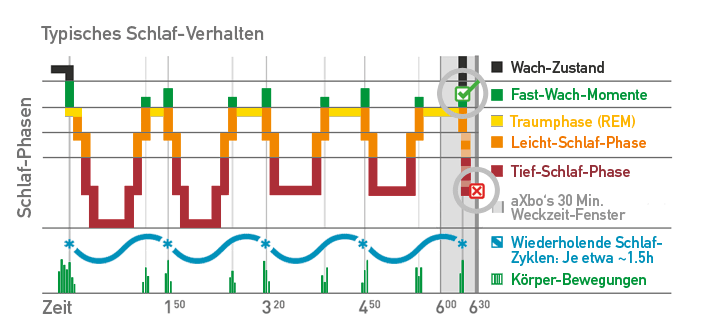
- 5th minute: get out of bed, open the curtains, fill the room with light, say to yourself: “Good morning!”
Sunset Girl/Unsplash.com
Now take a shower, exercise, meditate and have breakfast. In any order. Physical activity and contrast showers will increase adrenaline levels, a nutritious breakfast will finally awaken your metabolism, and meditation will help you tune in to a new day.
A few more life hacks that will help make the morning really good:
- Fill your morning with bright colors and cheerful smells. For example, eat oatmeal off an orange plate and hang citrus pomanders around the house.
- Take care of everything from the evening. Iron your clothes, assemble your lunch box, make a plan, and so on. Often you do not want to get up, because you know how many boring things are in the morning.
- Do not turn on the radio and TV.
 News and advertising only spoil the mood. Better get ready for work to your favorite energetic tunes.
News and advertising only spoil the mood. Better get ready for work to your favorite energetic tunes.
Having created the right morning rituals, you will soon feel how getting up with the first rays of the sun sets you in a creative mood, and you will notice that you no longer need an alarm clock.
The first mechanical alarm clock was designed by Levi Hutchins in 1787. He called only once a day - at 4 o'clock in the morning. Modern people hate alarm clocks. These soulless squeakers steal our sleep, so in the hope of extending the sweet moments, we press the "Snooze for 10 minutes" button. In fact, we ourselves make the enemy out of the alarm clock.
Ales Krivec/Unsplash.com
As the morning light fills the room, the body stops producing melatonin and starts producing cortisol. The temperature rises, blood pressure, the level of PER protein in the blood. Your body is preparing to wake up. Therefore, observing the regimen, you open your eyes just a few moments before the alarm signal.
Your body is preparing to wake up. Therefore, observing the regimen, you open your eyes just a few moments before the alarm signal.
The Snooze button breaks this process. You begin to doze off again, falling into the first stage of non-REM sleep. The body is perplexed: melatonin is needed again, but what to do with cortisol ?! As a result, after 5–10 minutes you force yourself to get up, but you feel lethargic and overwhelmed.
“Nonsense! I never wake up before the alarm, you won’t wake me up with a gun!” If so, then you simply do not sleep enough and do not follow the regime.
To make friends with the alarm:
- do not use the Snooze button;
- set a pleasant melody, the volume of which slowly increases;
- hold the alarm clock away to turn it off after the first 5 minutes of waking up, when you have already got out of bed.
Insomnia (insomnia) is a sleep disorder characterized by inadequate sleep duration and/or poor quality of sleep.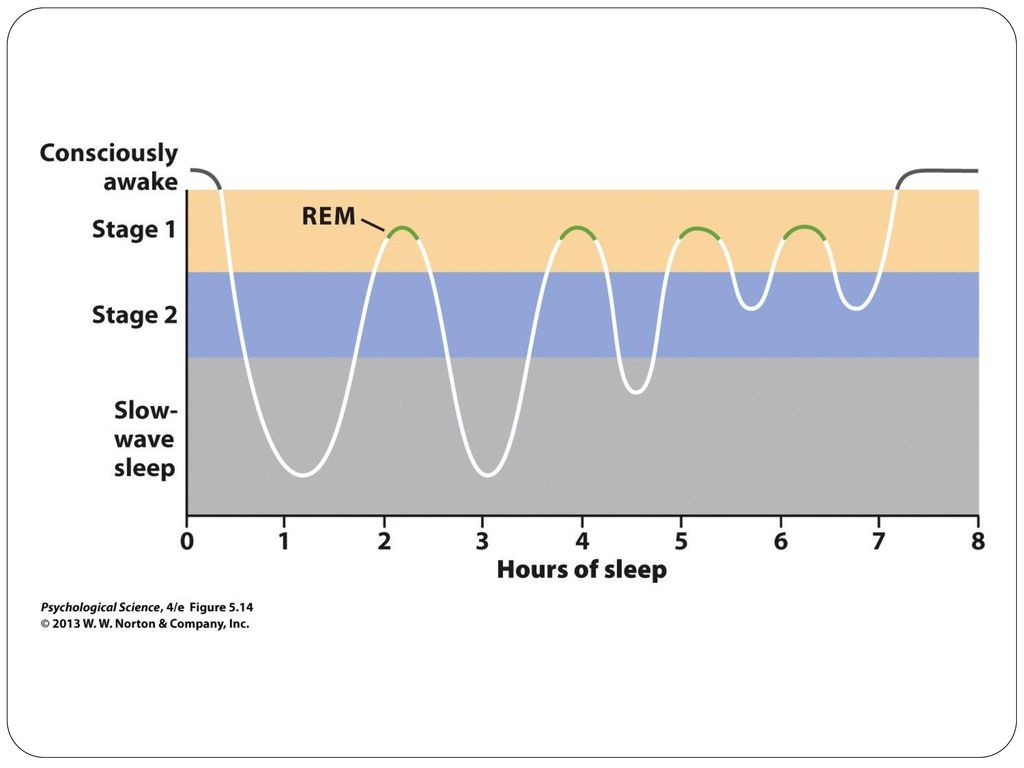 It occurs in people of all ages. Insomnia can be chronic (lasts from a month or more) and acute (several nights in a row).
It occurs in people of all ages. Insomnia can be chronic (lasts from a month or more) and acute (several nights in a row).
Symptoms:
- You can't sleep at all.
- Constantly waking up.
- It pisses you off that you don't sleep well.
- Everything falls out of hand, I do not want to communicate with anyone.
Possible causes:
- Stress, problems at work and in private life, depression.
- Non-compliance with the regime. Deciding to lie around longer on the weekend, you can earn insomnia.
- Shift work schedule, and as a result - disruption of circadian rhythms.
- Medicines. Investigate if insomnia is a side effect of the drug you are taking.
- Violation of sleep hygiene (stale air in the room, too hot, noisy or light).
In addition, insomnia can be a companion of somatic and neurological diseases.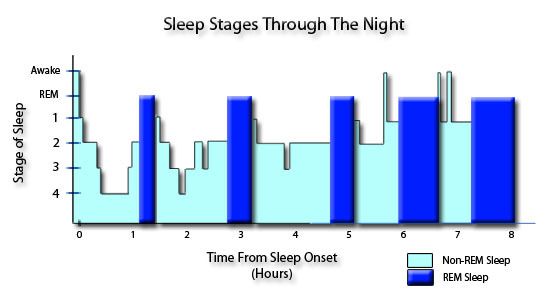 Here you need to see a doctor. But in most cases, you can get rid of insomnia on your own.
Here you need to see a doctor. But in most cases, you can get rid of insomnia on your own.
Most often, our own thoughts prevent us from falling asleep. Not always pleasant.
focuspocusltd/Depositphotos.com
There are various tricks to stop the round dance in the head. For example, visualization. Imagine yourself dozing on the beach under the lapping of the waves. The more detailed the picture, the faster you will find yourself in the realm of Morpheus. Another technique is auto-training: “My eyelids are getting heavy, I fall asleep…”. You can also run the events of the outgoing day in reverse order or dream up and tell yourself a bedtime story.
Also try focusing on your own breathing: inhale deeply through your nose for 4 seconds, hold your breath for 7 seconds, and exhale slowly through your mouth for 8 seconds. Thanks to this exercise, you will calm down, and while counting seconds, you will have no time to think about anything else.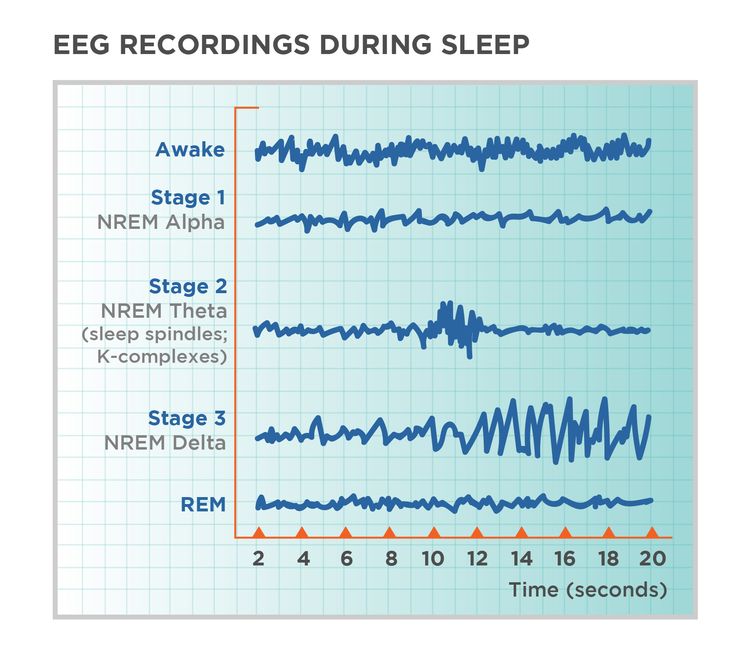
Thank you for the passing day. Who or what are you grateful for today? From a positive psychology point of view, expressing gratitude strengthens interpersonal relationships and is highly motivating. Falling asleep with good thoughts, you set yourself up to continue the chain of goodness tomorrow.
Sometimes we can't fall asleep because of some trifle like an uncomfortable posture or a chemical smell from bed linen. But in the science of sleep, there are no trifles. Pay attention to the position of the body in which you usually wake up. Lie down like this the next time you can't sleep. Use special candles or an essential oil lamp to fill your bedroom with the soothing scent of lavender.
But the most important thing is to develop and observe the evening rituals that set the body to sleep.
- Keep a diary. There you can write down the events of the passing day, your thoughts and experiences. Give preference to a pen and paper notebook.
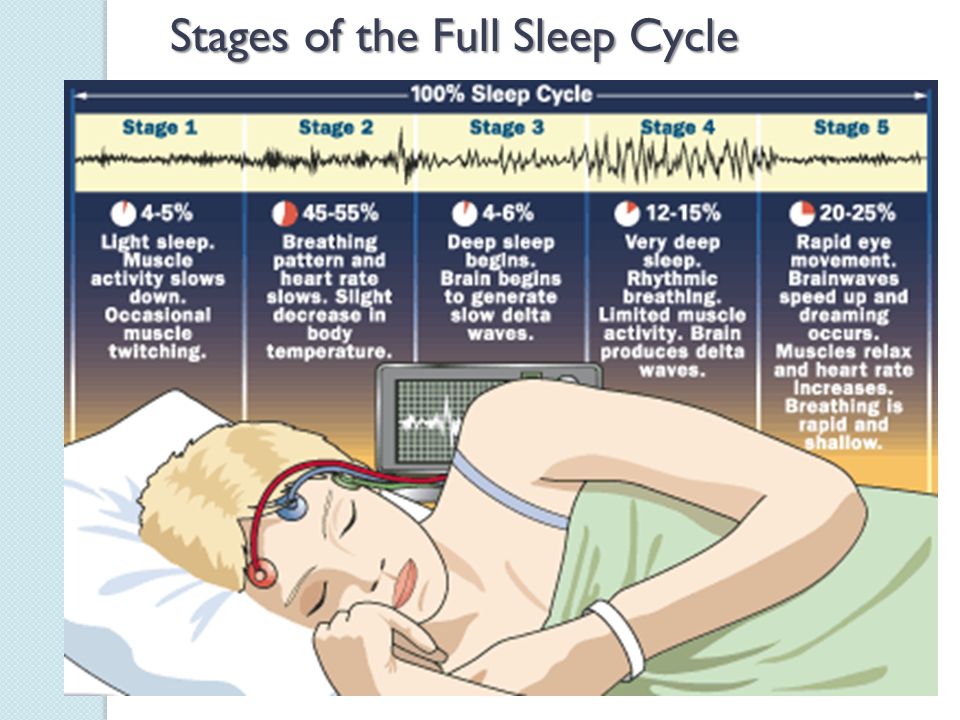
- Read. Better - a regular book or an e-book with an E-Ink screen. And no horror, action and drama. Choose light, positive pieces.
- Planning. By making a plan in the evening, you will not only save time in the morning, but will also be ready for action.
- Communication. Evening is a time for family and friends. Do not engage in intellectual work at night looking. And communication is not social networks and chats, but a live conversation.
In addition, proper nutrition, meditation and walking will help normalize sleep.
Jez Timms/Unsplash.com
Many people think you have to be tired to sleep well. Physical activity really has a positive effect on the quality and duration of sleep. But intense training is recommended to end at least 4-6 hours before bedtime.
Caleb Ekeroth/Unsplash.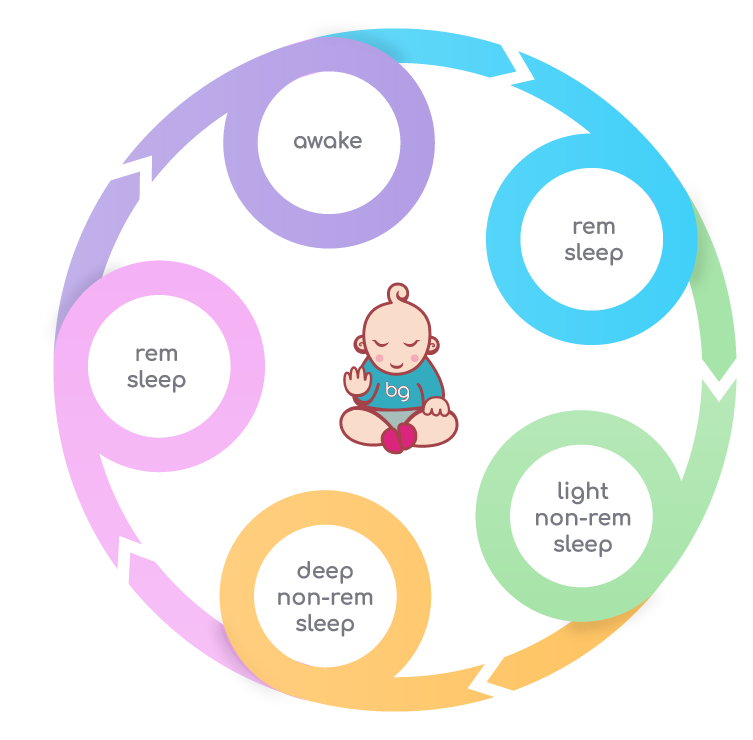 com
com
Light aerobic exercise, yoga or just meditation can be done 1-2 hours before bed.
One of the best yoga postures for relaxation is shavasana. Lie on your back. Place your hands along the body with palms up, but do not touch the body. Stretch your legs and spread them a little. Close your eyes. Relax one by one all the muscles of the body, starting with the toes. Gradually move up: buttocks, lower back, abdomen, back, chest, and so on. Finish relaxing with the muscles of the neck, face and eyes. Usually by this point the person is disconnected.
But the best option for evening physical activity is a walk. You will enrich the body with oxygen, literally step over the worries and anxieties of the day and, perhaps, work up an appetite.
Eating at night is harmful. But going to bed when your stomach is growling with hunger is wrong. The last meal should be 2-3 hours before bedtime. At the same time, you need to eat foods that are conducive to relaxation.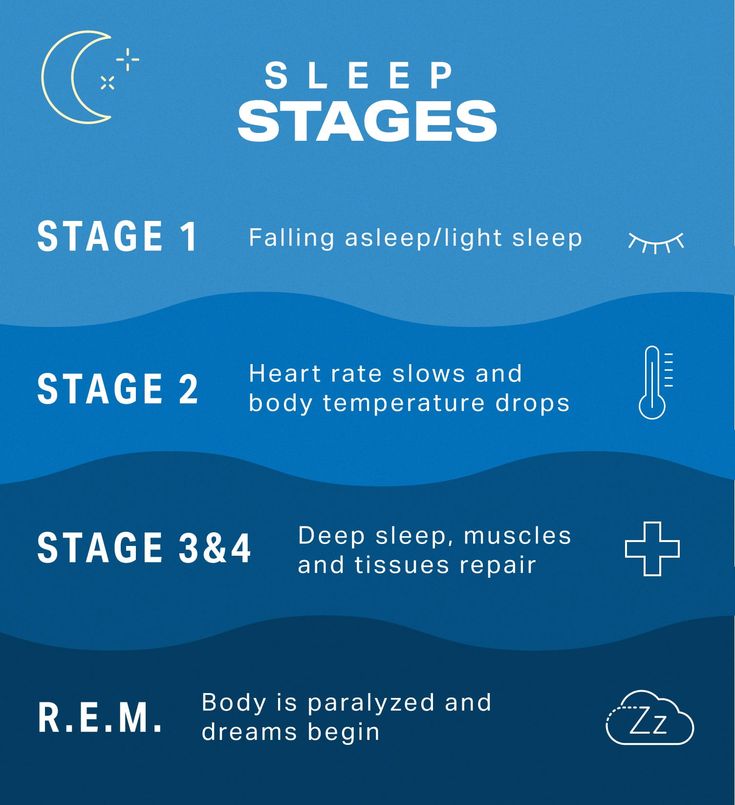
Ali Inay/Unsplash.com
Specifically, rich foods:
- melatonin - sleep hormone;
- tryptophan, an amino acid from which melatonin can be synthesized;
- calcium, which promotes the absorption of tryptophan;
- magnesium - a natural muscle relaxant that helps to relax;
- a protein that lowers the acidity of the stomach, causing drowsiness.
- Cherry juice or fresh cherries. This berry contains a lot of melatonin, and contains the hormone itself, and not its predecessor. Regular consumption of cherry juice significantly increases the duration of sleep.
- Bananas. They are rich in magnesium and also contain tryptophan.
- Yogurt or low-fat cottage cheese. Dairy products are high in calcium and protein.
- Turkey, legumes, eggs.
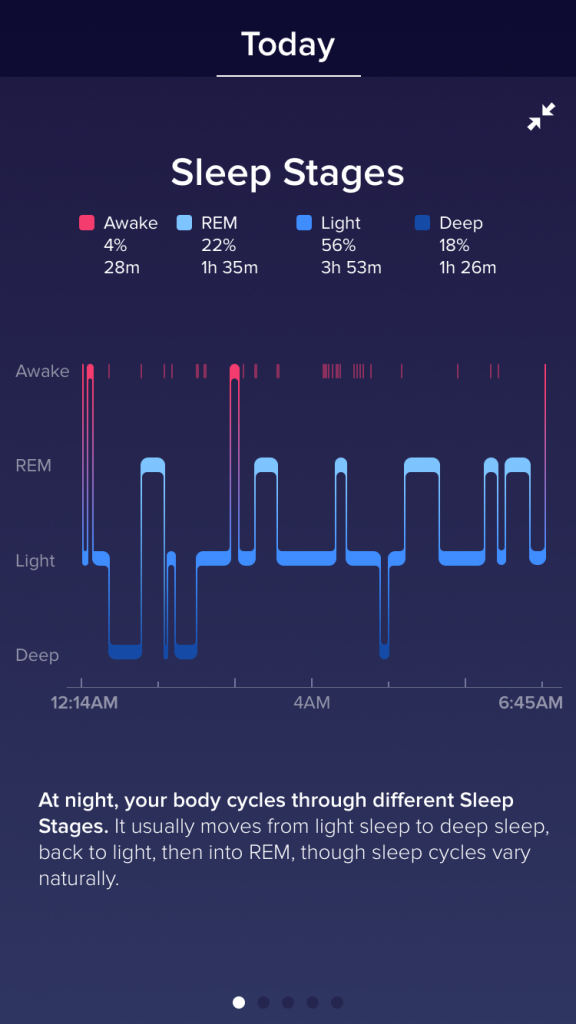 These are low calorie, nutritious foods that help lower stomach pH and induce sleepiness through tryptophan.
These are low calorie, nutritious foods that help lower stomach pH and induce sleepiness through tryptophan.
- Spinach and other dark greens, pumpkin seeds, almonds. Rich in magnesium to help relax muscles and help you fall asleep.
Neha Deshmukh/Unsplash.com
Do not consume fatty foods, coffee and caffeinated foods, and alcohol before bed. The first can cause indigestion and adversely affect the figure. Coffee, black tea, energy drinks and other caffeinated products will keep you awake for a long time. They should be discarded at least 3 hours before bedtime. The last cup of espresso must be drunk no later than 14:00. At night, it is better to drink herbal teas with chamomile, oregano, lemon balm or hawthorn. They will help you calm down and relax.
Alcohol is especially insidious. It helps to switch off, but it has a bad effect on the REM phase, and due to dehydration and the breakdown of ethanol, we wake up without having time to rest.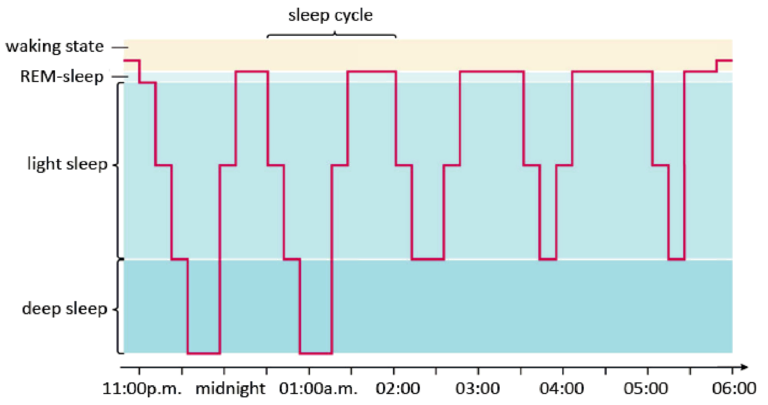 So a jar of beer or a glass of wine before bed is not the best sleeping pill.
So a jar of beer or a glass of wine before bed is not the best sleeping pill.
It is better to drink a mug of warm milk with honey. Milk contains tryptophan, protein and calcium. This drink has a warming and lulling effect. Just like in childhood.
Sometimes the cause of insomnia lies not in us, but in our partner, who lies next to us and snores. Do not rush to hit him with a pillow - help him solve this problem. Snoring is the process of breathing during sleep, in which a person makes a characteristic rattling sound. According to statistics, 45% of adults snore in their sleep at varying intervals.
luckybusiness/Depositphotos.com
Snoring can be a sign of certain diseases (apnea, obesity, hypertension, and others), but the most common cause of snoring is weakened throat muscles, clogged nasal passages, or palatal vibration.
Throat muscles lose tone with age. But they can be strengthened with some simple exercises.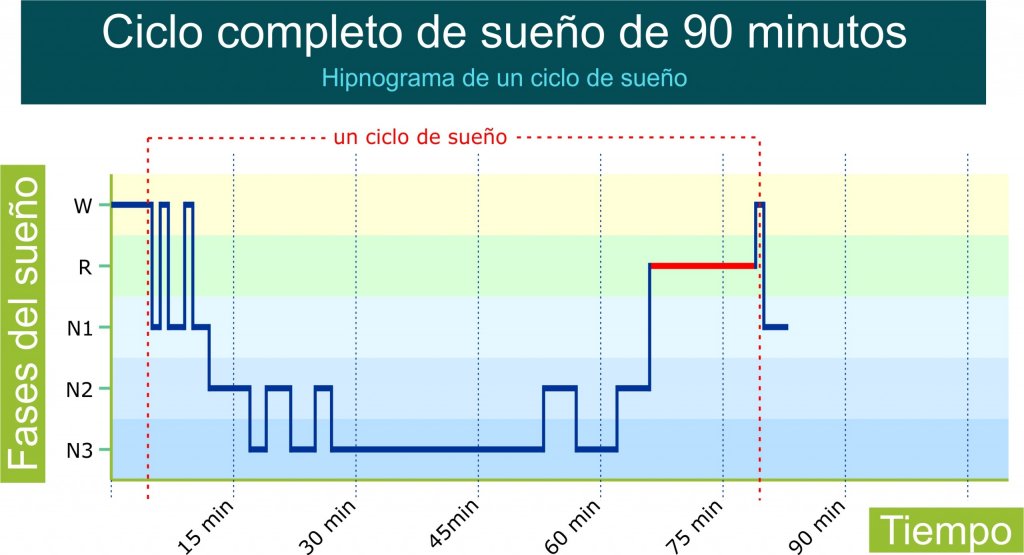
- Close your mouth and close your lips as tightly as possible for 30 seconds.
- Open your mouth, move your lower jaw to the right and hold for 30 seconds. Then repeat the same on the other side.
- Stick out your tongue as far as possible, then relax. Repeat 10 times. Stick your tongue out again and try to touch your chin and then your nose. Repeat 10 times.
Alcohol, coffee and sedatives relax the throat muscles. And smoking blocks the airways, causing irritation of the mucous membranes of the throat and nose. Therefore, sometimes, to get rid of snoring, it is enough to give up bad habits.
And the simplest thing: change your posture. During sleep on the back, the muscles of the lower palate relax, the tongue sinks, and pressure on the airways appears. Therefore, sleep on your side or stomach, raise the pillow higher or use a special orthopedic pillow.
Churchill never missed an afternoon nap, even during the war.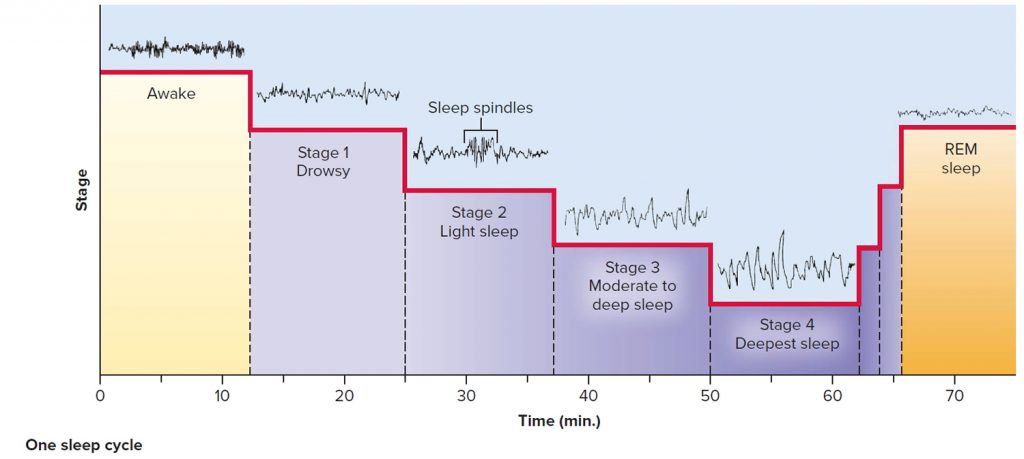 The politician believed that an afternoon nap, like nothing else, increases efficiency. And he was right. Daytime naps are really helpful. Especially if you don't get enough sleep at night.
The politician believed that an afternoon nap, like nothing else, increases efficiency. And he was right. Daytime naps are really helpful. Especially if you don't get enough sleep at night.
Fly_dragonfly/Shutterstock.com
Winston Churchill wrote: “You must sleep between lunch and dinner, and no half measures, never! Take off your clothes and get into bed. Don't think that you will do less work because you are sleeping during the day. This is a stupid opinion of people who have no imagination. On the contrary, you will be able to do more, because you get two days in one - well, at least one and a half.
- Short nap improves memory and other cognitive functions. It helps to transfer accumulated information from short-term to long-term memory.
- This kind of sleep stimulates creativity and enhances the ability to learn.
- Helps to resist stress and improves mood.
- 10-20 minutes.
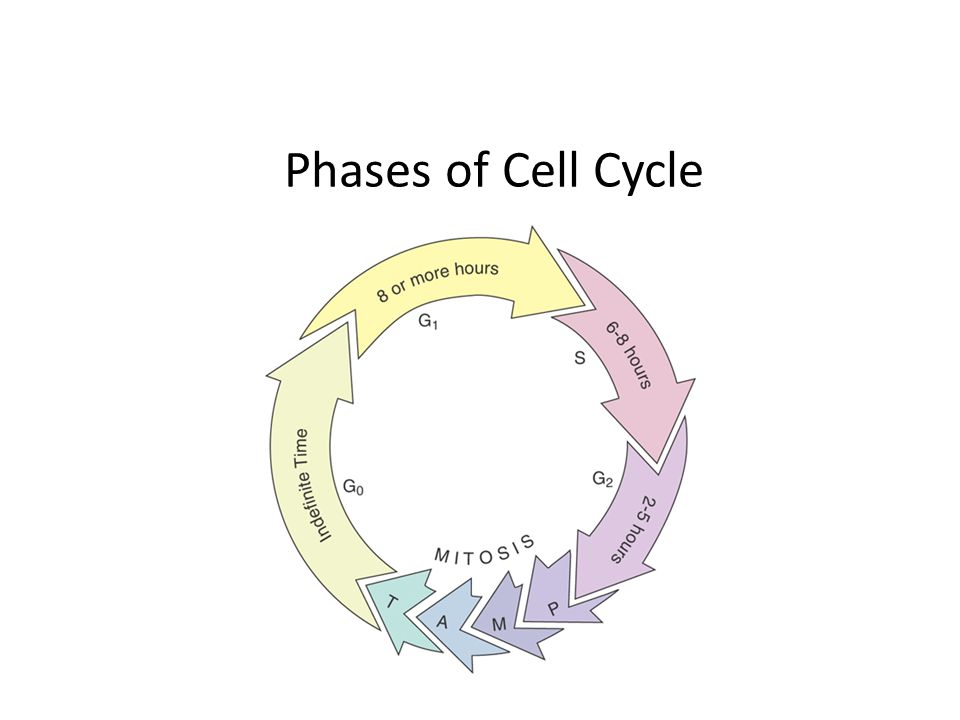 This is the ideal nap time. You will pass the first two stages of slow wave sleep and wake up easily, having time to rest your mind and body.
This is the ideal nap time. You will pass the first two stages of slow wave sleep and wake up easily, having time to rest your mind and body.
- 30 minutes. After half an hour of daytime sleep, a state of inertia similar to a hangover may occur. It will continue for another 30 minutes.
- 60 minutes. After such a smoke break, it is easy to remember facts, faces and numbers. But for a while you will act by inertia.
- 90 minutes. A complete sleep cycle has been completed. It is easy to wake up, you feel a surge of strength.
Thong Vo/Unsplash.com
When, how and where to take a nap
The best time for a siesta is from 13:00 to 16:00. But specific hours depend on your routine and biorhythm. For example, if you wake up at 10:00, you are unlikely to want to take a nap in just 3 hours.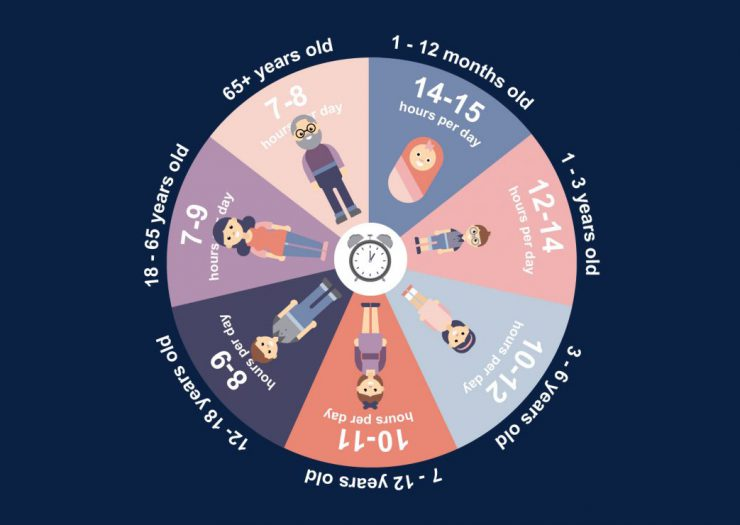
Daytime naps take some getting used to. Practice it for several days at the same time. Try to sleep the same number of minutes. Consider the time it takes to fall asleep. If you switch off in 10 minutes, then for a full 20-minute daytime sleep, you need to start the alarm clock half an hour ahead.
You can take a nap anywhere: in the car, at the table, on the couch. The sleep is short, which means that you almost do not risk getting up with back or neck pain. Ideally, find a quiet place with dim lights. If the office does not have this, use a sleep mask and earplugs.
Mats-Peter Forss/Unsplash.com
- Stick to the routine. Go to sleep and wake up at the same time according to your internal biological clock. Use special tracker applications to study the features of your sleep.
- Create a comfortable sleeping environment. The optimal temperature in the bedroom is 18-21 ºС.
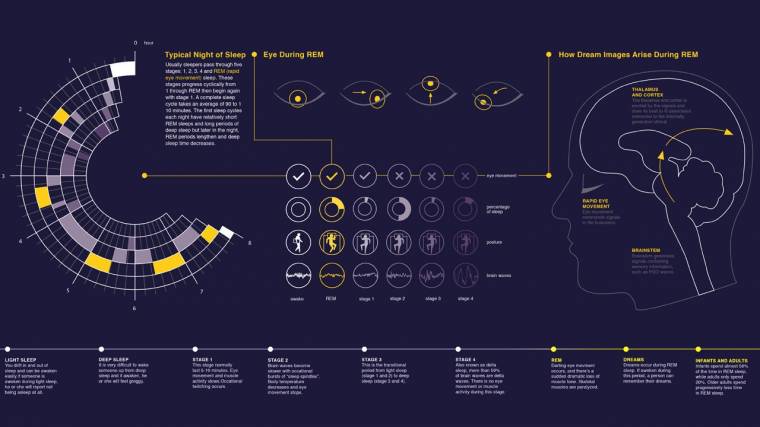 Ventilate the room at night. Shade windows so that the light of outdoor advertising, street lamps and passing cars does not interfere with you. If you sleep more than one, discuss with your partner what factors affect your and his sleep, and create comfortable conditions for both.
Ventilate the room at night. Shade windows so that the light of outdoor advertising, street lamps and passing cars does not interfere with you. If you sleep more than one, discuss with your partner what factors affect your and his sleep, and create comfortable conditions for both. - Buy a comfortable mattress, pillow and sleepwear. Change bedding as often as possible. Do not let pets in bed.
- Walk and meditate before going to bed.
- Don't lie down on an empty stomach, but don't overeat either. No coffee or alcohol at night.
- Use the bedroom only for sleep and sex. Do not watch TV in bed, do not use a laptop, tablet and smartphone. The light from the screens suppresses the production of melatonin - the quality of sleep decreases.
- Avoid digital noise at least 2-3 hours before bed. Instead of scrolling through social media feeds, watching emails and watching videos, go about your evening rituals.
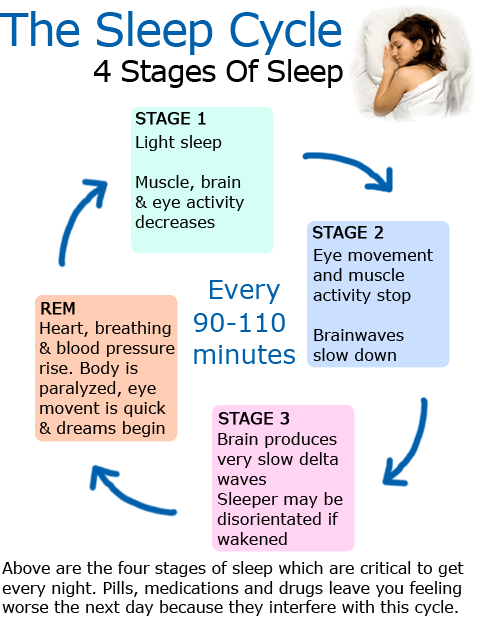
- Do not keep your phone or watch under your pillow. If you don't wake up yourself, the alarm will wake you up. You do not need to control how much you have already slept and how much is left to sleep.
fergregory/Depositphotos.com
Interesting topics:
Author — Nastya Raduzhnaya.
Editors - Oksana Zapevalova, Alina Mashkovtseva.
Layout - Lera Merzlyakova.
Sleep phases: what they are, what they affect and how to get enough sleep
. Doctors sayUpdated on September 12, 2022, 14:44
shutterstock
Human sleep is cyclical and consists of phases. Each of them is responsible for certain functions - from the development of cognitive skills to general health. When the body has gone through all the phases in a dream, in the morning we feel cheerfulness and a surge of strength. Lack or disturbance of sleep, on the contrary, worsens well-being, affects memory and the ability to think clearly, and chronic sleep deprivation is fraught with serious neurological disorders.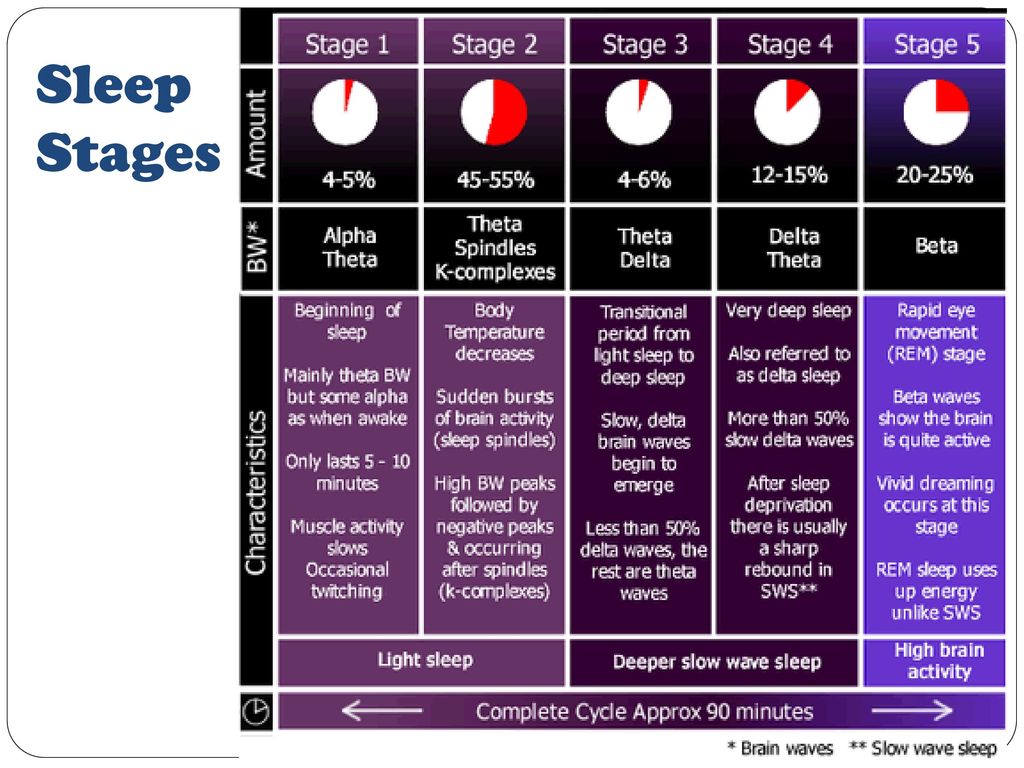 We understand what sleep hygiene is and in which phase it is better to wake up in order to feel good.
We understand what sleep hygiene is and in which phase it is better to wake up in order to feel good.
Contents
- What is the sleep phase
- What are
- How to get enough sleep: the rules
- How to control
What is sleep phase
shutterstock
In sleep, a person restores the balance between the neuronal centers of the brain
The sleep phase is one of the stages in the sleep cycle, characterized by certain activity of brain neurons, changes in muscle tone and eye movements. During the night, a person sequentially goes through two phases - fast (REM) and slow (NREM), which, in turn, consists of three stages. Phases and stages follow each other, forming a cycle of up to about 110 minutes each.
The sequence of these stages in healthy people is the same, but their quality and duration vary. This is due to many factors: age, gender, bad habits, stress levels, medications and diseases, including provoking frequent awakenings - sleep apnea or restless leg syndrome (RLS).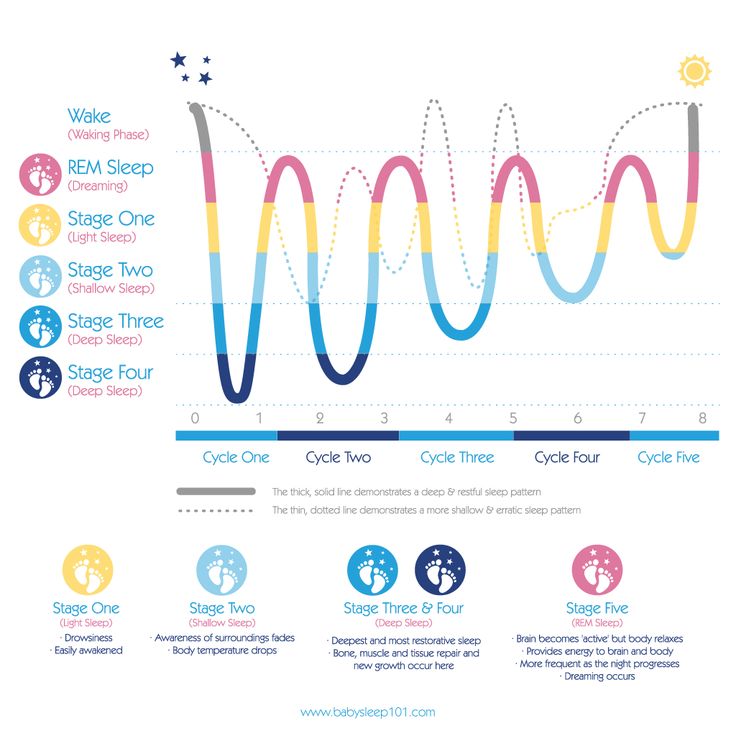
Vladislav SinitsynPhD, neurologist "SM-Clinic" in Ivanovo
“The physiology of sleep is not fully understood. It is a dynamic process that affects almost every system in the body, from the brain to metabolism and immunity. Among the main mechanisms that determine sleep, the following are distinguished.
- Circadian rhythms. This is just one of the varieties of biorhythms that, in the context of sleep, determine the mode of wakefulness and night rest. The periods of the circadian rhythm can vary significantly from person to person. Some go to bed early and get enough sleep early in the morning, others go late and cannot get up early. Correction of the biological clock is carried out in the suprachiasmatic nucleus (SCN) of the anterior lobe of the hypothalamus, which is located above the optic chiasm of the brain. For example, some people with CCN damage sleep erratically during the day because they cannot match their circadian rhythms to the light-dark cycle [1].
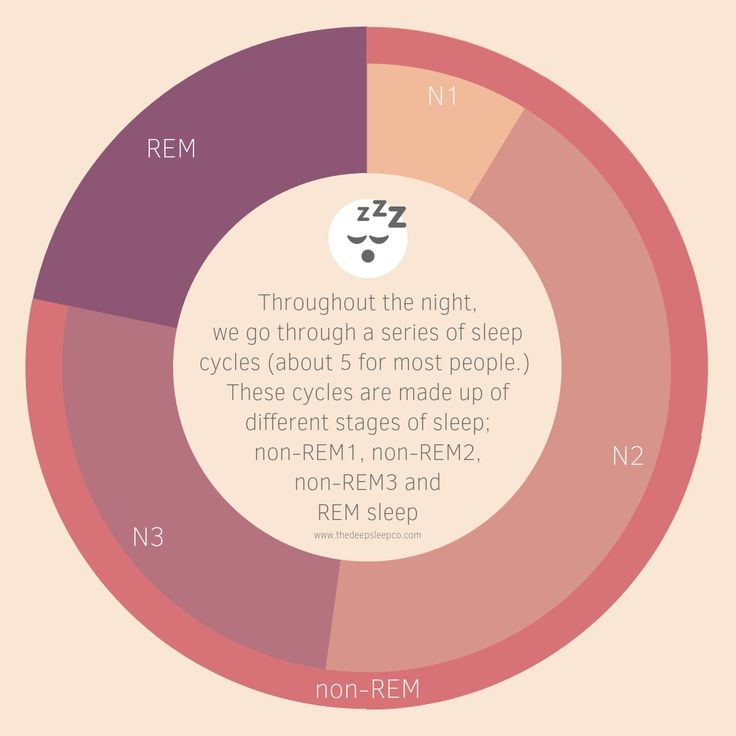
- ** Melatonin ** - sleep hormone. Its concentration gradually increases with the onset of twilight, reaching a maximum by four or five in the morning. Then its level slowly decreases, and the person wakes up. Even dim lighting at first glance can delay the synthesis of melatonin and thus disrupt sleep.
- Autonomic nervous system (ANS). When the sympathetic component of the ANS predominates, the metabolism is accelerated, falling asleep is difficult, and sleep is disturbed. The parasympathetic nervous system helps the body prepare for rest. In different people with different types of higher nervous activity, the ANS works differently.
With age, sleep performance changes: its duration decreases, it becomes fragmented, and the slow phase is reduced. Thus, the sleep characteristic changes even if there are no health problems.
Daytime sleep at any age is not equivalent to nighttime sleep. Melatonin is produced only at night, during the day our body has a higher temperature, which also affects sleep.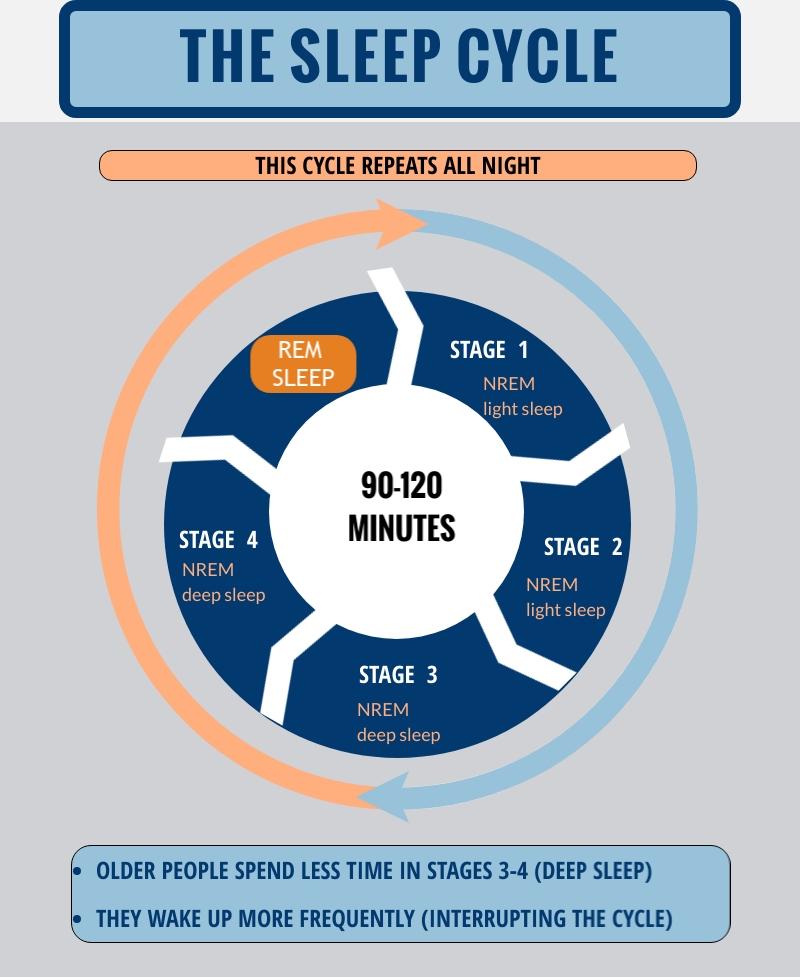 In addition, it can exacerbate health problems, as the body does not fully implement the recovery program.
In addition, it can exacerbate health problems, as the body does not fully implement the recovery program.
What are the phases of sleep
shutterstock
Phases and stages of sleep alternate in a certain sequence
First comes the slow phase, followed by a shorter period of the fast phase. Then everything is repeated, a total of four to six times a night. The slow phase consists of three stages, which are replaced in turn, and one of them, the second, is repeated twice. A typical sequence of stages and phases looks like this: N1, N2, N3, N2, REM [2].
Stages of non-REM sleep
- N1 is the shortest period of falling asleep, which lasts from one to five minutes. The body is not yet completely relaxed, while the heartbeat and breathing begin to slow down. It's easy to wake someone up.
- N2 - a person spends almost half of his sleep in it. It is characterized by a slowing of breathing, a decrease in body temperature and a complete cessation of eye movements.
 At this stage, the brain is most actively processing memories, translating them into long-term memory. This is how we remember what we have learned.
At this stage, the brain is most actively processing memories, translating them into long-term memory. This is how we remember what we have learned. - N3 - during this period, the main rest and recovery of the body occurs, including the strengthening of immunity and other functions [3]. Stage N3 is the stage of deep sleep, so waking up a person going through this phase is the most difficult.
Vladislav Sinitsin:
“If you interrupt your sleep in the slow phase, then, in addition to worsening your general well-being, your concentration will be disturbed, irritability will appear, and efficiency will decrease.”
REM sleep
The first time it occurs not earlier than an hour and a half after the person fell asleep. With each new cycle, its duration increases. In total, REM sleep takes up 25-30% of the time. It is in the fast phase that a person sees dreams and develops key cognitive skills, such as learning or creativity [4]. On the advice of experts, it is impossible to artificially shorten the fast phase, since the body is preparing for awakening and vigorous activity, the connection between consciousness and physiological processes in the brain is turned on.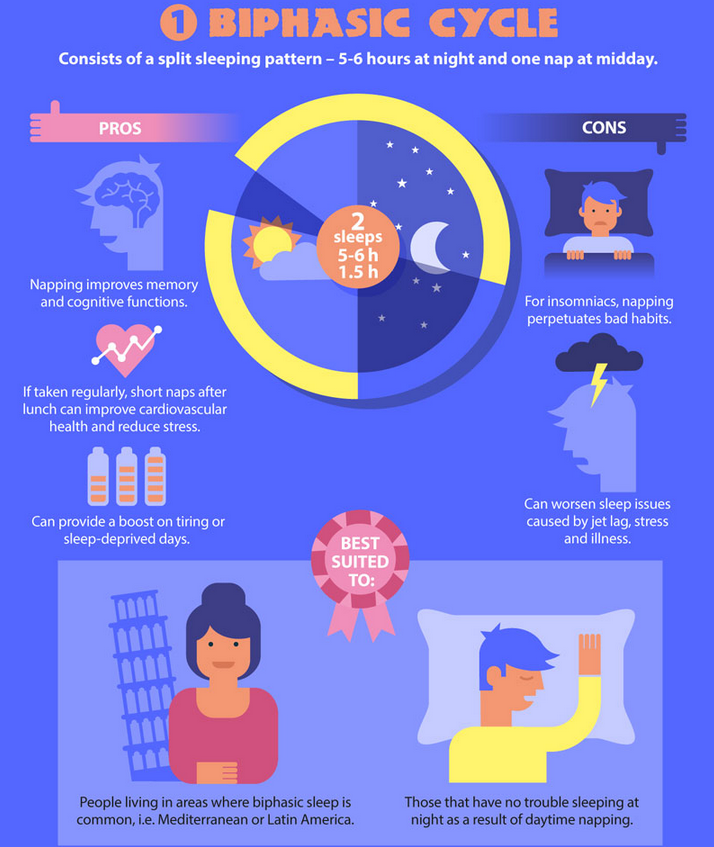
How to get enough sleep by sleep phases: rules
shutterstock
Changing the basic characteristics of sleep phases can affect thinking, mood and overall health
We cannot fully control our sleep cycles, but there are steps we can take to improve the quality of our sleep. Sleep Hygiene is a set of simple rules that will help you fall asleep and sleep better.
Lada OleksenkoExpert of the Children-Butterflies Foundation, psychiatrist, State Budgetary Healthcare Institution of the Moscow Region "LCCH"
“The following recommendations should be followed.
- Melatonin, which is produced only in total darkness, is responsible for the quality of sleep. There should not be any light sources in the bedroom - a night lamp, light from a lantern in the window, a TV turned on, etc.
- The body prepares for sleep gradually, so in the evening you need to reduce physical activity and limit the use of gadgets to calm the nervous system.
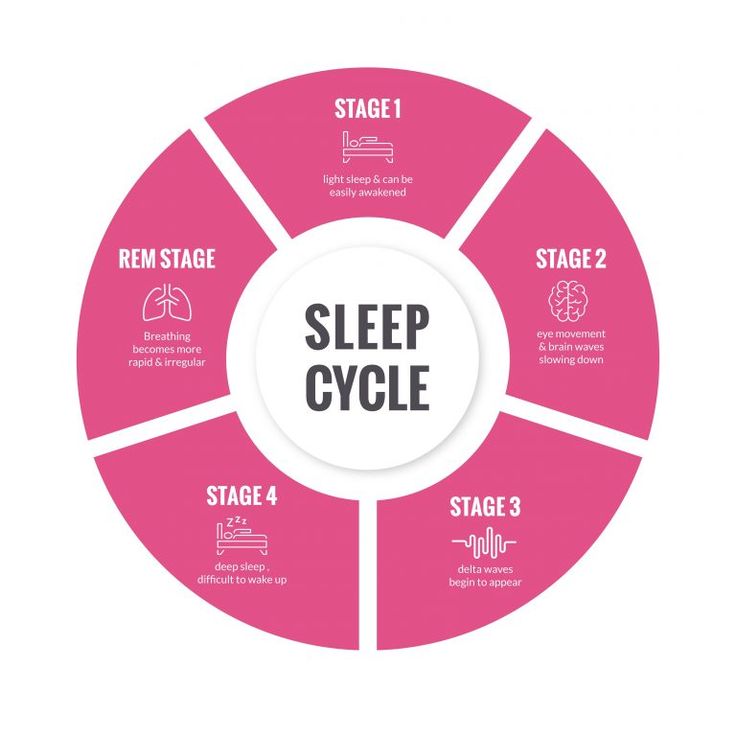
- It is desirable to go to bed and get up at the same time, even on weekends and holidays. This is the key to healthy sleep in accordance with biological rhythms.
- Ventilate the room. The optimum temperature in the room is +18 °C.
- It makes sense to abstain from alcohol and smoking before going to bed. The latter, according to doctors, is a sure way to insomnia. Caffeine also impairs falling asleep and interferes with deep sleep.
- Look after the bed. Use comfortable mattress, blanket, pillows and bedding. Change them regularly, avoid synthetic materials."
How to control sleep phases
Vladislav Sinitsyn:
“Today, there are technologies that help determine what phase of sleep a person is in, as well as identify its quality. For this, an electroencephalogram (EEG) is used, which shows the difference in brain activity. In addition, in order to sleep correctly in phases, you can use the options of various sleep calculators and specialized mobile applications.
